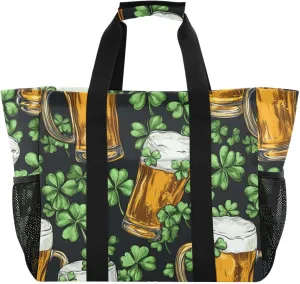General Information:
- Total Carat Weight: 1.17 ctw, inclusive of all 33 gemstones amongst the three stick pins.
- Precious Metal Weight: 2.08 dwt, inclusive of all precious metal comprising the three stick pins.
- Precious Metal Material: The star and crescent stick pin is 14k gold, and the other two crescent stick pins are at least 10-12k gold; all three are warm, rosy yellow gold.
- Dimensions: The star and crescent stick pin measures 60.60 mm top to bottom overall, and its head measures 12.86 mm long x 12.46 mm wide x ~2.70 mm back to front excluding the stem. The diamond and pearl crescent measures 59.93 mm top to bottom overall, and its head measures 10.28 mm long x 8.94 mm wide x 3.54 mm back to front excluding the stem. The pearl crescent measures 56.32mm top to bottom overall, and its head measures 12.58 mm long x 11.29 mm wide x 3.81 mm back to front excluding the stem.
- Weight: 3.23 total grams, inclusive of all three stick pins.
- Markings: Neither of the crescent stick pins bear markings, though the star and crescent stick pin is stamped with a "14k" cartouche and the maker's mark for J. Solinger & Co. Jacob Solinger & Company was established in 1896 in Providence, Rhode Island, and is notable for their small gold accessories, especially their stick pin designs. Although the company was fairly short lived, their work is much beloved today for its rarity and astounding craftsmanship. Very, very few pieces by this maker exist on the open market for sale today, as they formally shuttered sometime between 1931 and 1934, a probable result of Depression Era hardships.
- Era: All three stick pins are believed to date to between 1880 and 1900.
- Buyer Notes: These pins do not come with clutches. Stick pins are often reimagined as charms, earrings, or rings, and in offering this trio as a set, the next caretaker has the opportunity to acquire either an immediate collection/collection-starter OR an opportunity for any jewelry conversion project desired. These may be cleverly crafted into rings, charms or pendants.
Specifications:
1. STAR AND CRESCENT STICK PIN:
- Center Stone Type: Seed Pearl
- Center Stone Count: Seventeen (17)
- Center Stone Dimensions: One pearl is 2.0 mm, two pearls are 1.60 mm, seven pearls are 1.30 mm and seven pearls are 1.00 mm.
- Center Stone Carat Weight: 0.146 ctw by formula per the specific gravity of pearl
- Center Stone Shape: Split (halved)
- Center Stone Color: Warm silvery-pink with bluish-silver iridescent orient and very good luster
- Center Stone Clarity: Opaque
2. DIAMOND AND PEARL CRESCENT STICK PIN:
- Center Stone Type: Diamond
- Center Stone Count: One (1)
- Center Stone Dimensions: 1.72 x 1.81 mm, as measured within mounting to preserve the piece's historic integrity
- Center Stone Carat Weight: 0.023 ct by formula per the specific gravity of diamond
- Center Stone Shape: Old European Cut
- Center Stone Color: H-I with an icy/hazy whitish-silver appearance to the eye
- Center Stone Clarity: SI1-SI2, no inclusions visible to the eye or under magnification (see photos provided)
- Side Stone Type: Semi-Baroque Pearl
- Side Stone Count: Six (6)
- Side Stone Dimensions: 1.91 to 2.15 mm
- Side Stone Carat Weight: 0.28 ctw by formula per the specific gravity of pearl
- Side Stone Shape: Whole/spherical
- Side Stone Color: White with warm-silvery orient and good luster
- Side Stone Clarity: Opaque
2. PEARL CRESCENT STICK PIN:
- Center Stone Type: Seed Pearl
- Center Stone Count: Nine (9)
- Center Stone Dimensions: 1.54 to 2.31 mm
- Center Stone Carat Weight: 0.72 ctw by formula per the specific gravity of pearl
- Center Stone Shape: Spherical
- Center Stone Color: White with cream orient and very good luster
- Center Stone Clarity: Opaque
A precise, itemized breakdown of every single gemstone's exact dimensions and carat weights is available upon request.
The Story:
Offered as an immediate collection of very sweet jewels, these late Victorian stick pins are fabricated in patinaed warm, rosy yellow gold, and feature the iconic Victorian celestial motif. These pins are each detailed with pearls of varying shapes, sizes and orients, and one pin boasts a tiny Old European Cut diamond that was cut, faceted and polished by the hand of an artisan up to a century and a half ago.
Depending on the jewel, pearls can symbolize the tears shed over lost love or life. However, they are also symbols of purity and the gift of redemption. When mounted in celestially-themed jewelry, pearls are often designed to recall the lustrous stars of the heavens. While these three were not originally intended as a suite, they are undoubtedly complementary to one another and their meanings seemingly amplified as a set.
The rise in popularity of celestial jewels in the Western world began in the 18th century with the fury of excitement surrounding Halley’s Comet. The story of Halley’s Comet jewelry is legendary in the world of jewelry collecting: in the first few years of the 1700s, English astronomer Edmond Halley speculated that the two dozen comets that had swept past the earth between 1337-1698 were actually a single comet, one that he predicted would make its next visible journey in 1758. Although the astronomer did not live to see it, his prediction was correct. Halley’s Comet was then proven to make an appearance every 75 years. In suit, the decorative and wearable arts industries were keen to celebrate this incredible discovery with the production of handcrafted jewels designed to mirror the dynamism of the comet’s streak and sparkling blaze.
Another root of celestial jewelry stems from the tastes of none other than the last queen of France, Marie Antoinette herself. Using Bristol glass or cobalt blue enameling in tandem with diamond and/or pearl “stars” throughout, (usually) rings and (sometimes) pins were designed to be beguiling allusions to the depth and mystery of the heavens. Such jewels were known as “Bagues au Firmament”, translating from French to mean “Rings of the Heavens”. They were most popularized by Marie Antoinette in the 1780s as breakthroughs in astronomy illuminated the 18th century era, and influenced science, art, faith and fashion. The queen owned a ring of this make, which she proudly donned and with which she influenced trends of her time.
Regarding the crescent shape, more symbolism is revealed. Crescent moons emerged as popular motifs during the Mid to Late Victorian period, influenced by broader world travel of the rising middle class which extended from the opening of the Suez Canal in 1869. Such increased trade and tourism with Africa and the Middle East included sites and regions in Egypt, Sudan, Marrakesh, Algeria, Tunisia, Israel, Istanbul, Turkey and others. Victorians brought home souvenirs, new emblematic interests and connections, design influences and ideas. The crescent moon shape is one such cultural, holy and political emblem, and is a stylized rendition of the waning moon.
The Victorians also affiliated it with feminine energy and connectedness, fertility and birth cycles, something of an early feminist symbol as it connoting the mystery and strength of the femme and the woman. Crescents express the ephemerality of life through its foreseen and unforeseen ebbs and flows; it reminds the wearer of life’s fragility while also encouraging the life-giving relationship with the Divine, as the cyclical nature of life is, itself, a story of ceaseless and promised redemption. The crescent shape is believed to be a nurturing and watchful eye, a motherly protective agent for its wearer, with ancient and cross-cultural roots.
Each of these pins is a miniature masterpiece of messages and beauty unto itself, and each one is as charming in meaning as in craftsmanship. While these pins are delicate in scale, they are abundant in personality. Though they did not begin their lives as a suite of three, they somehow feel utterly at home in one another's company.

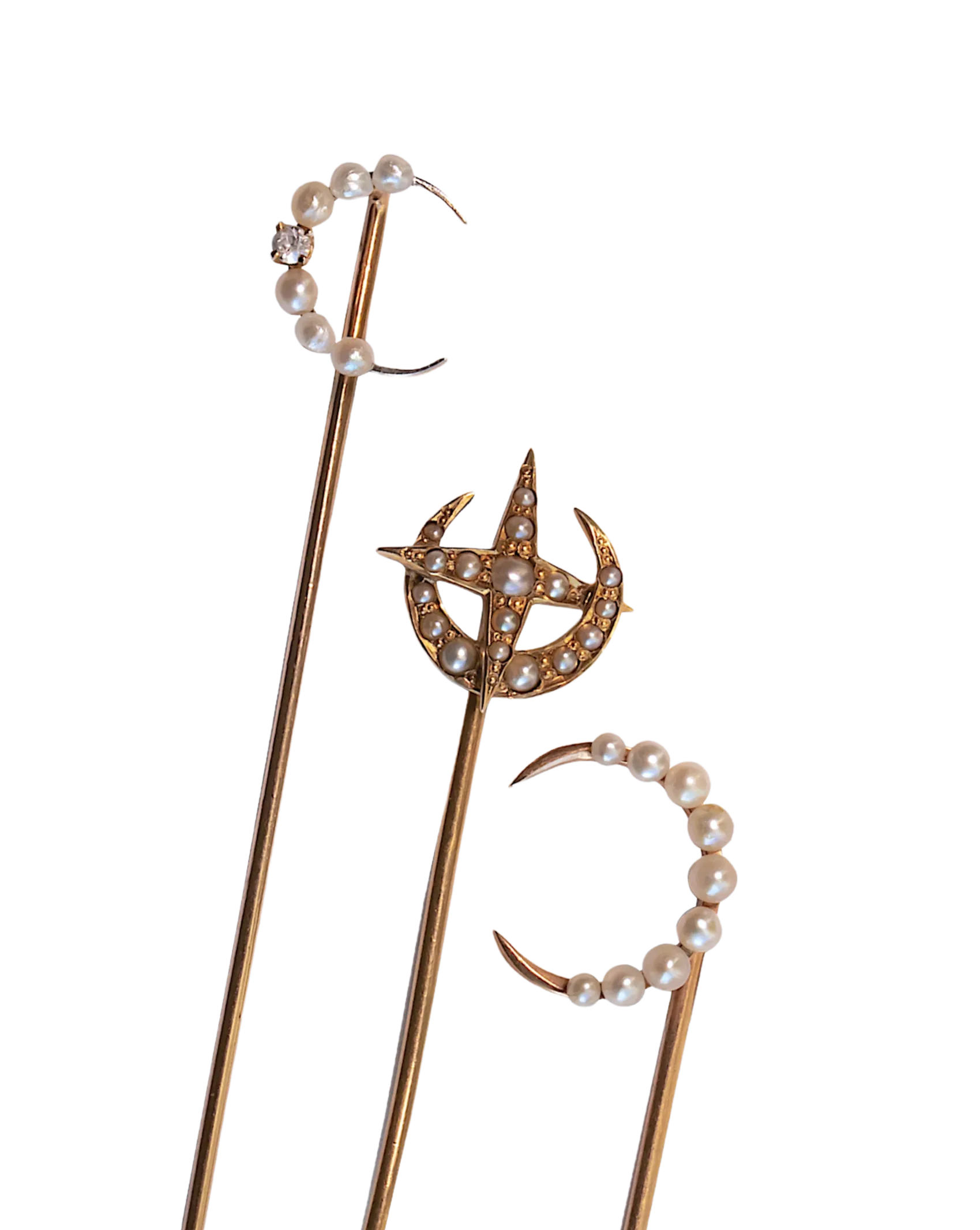


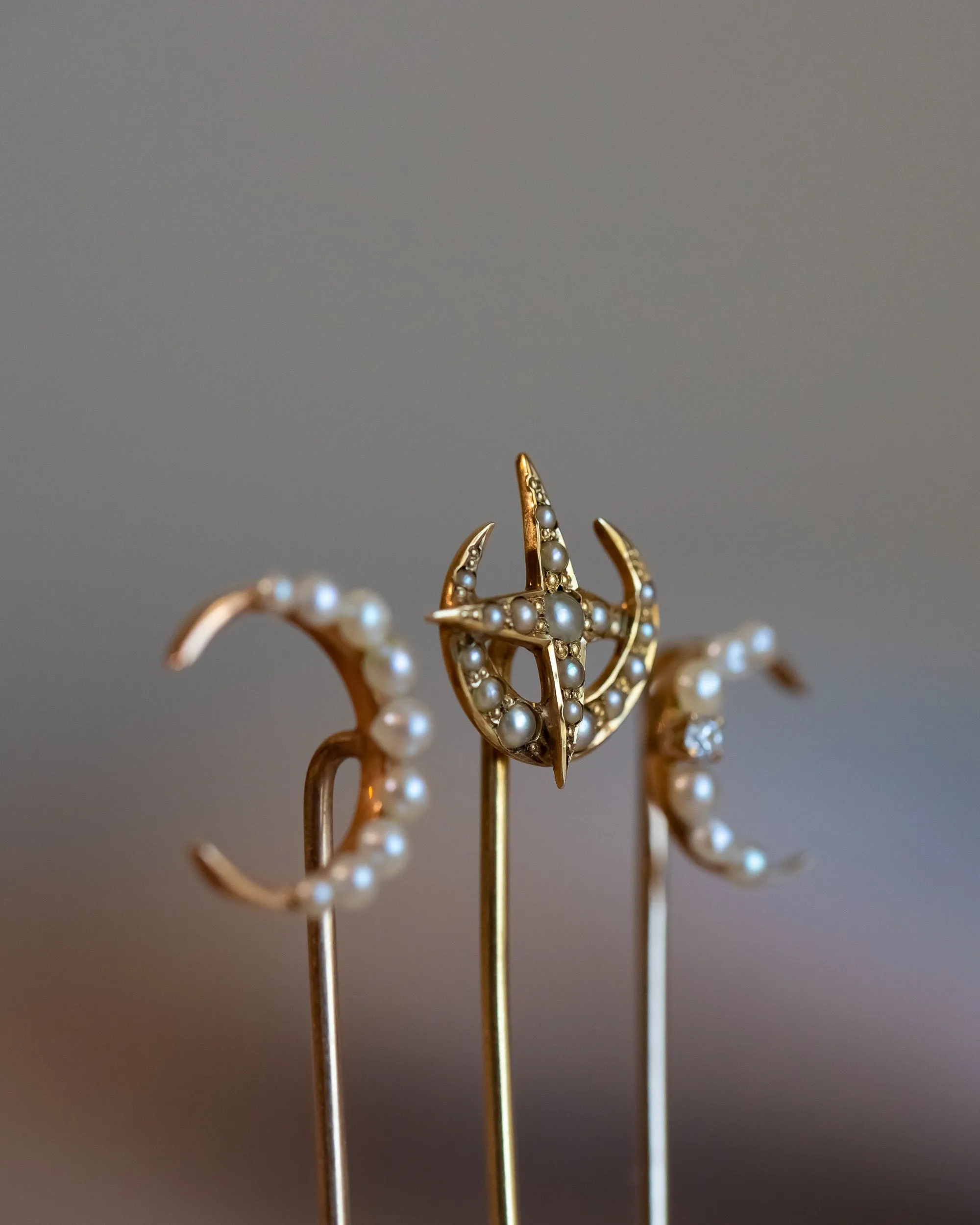
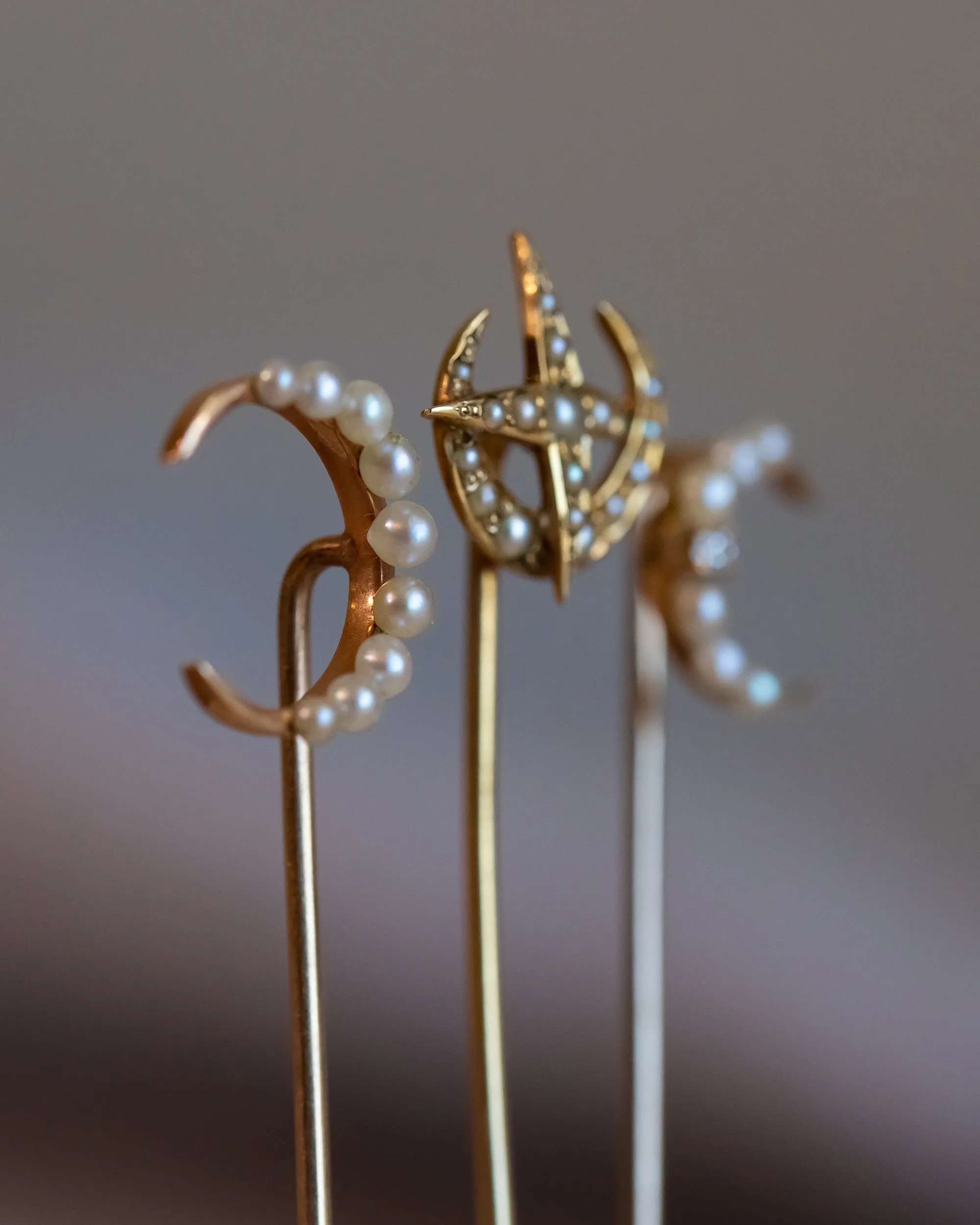
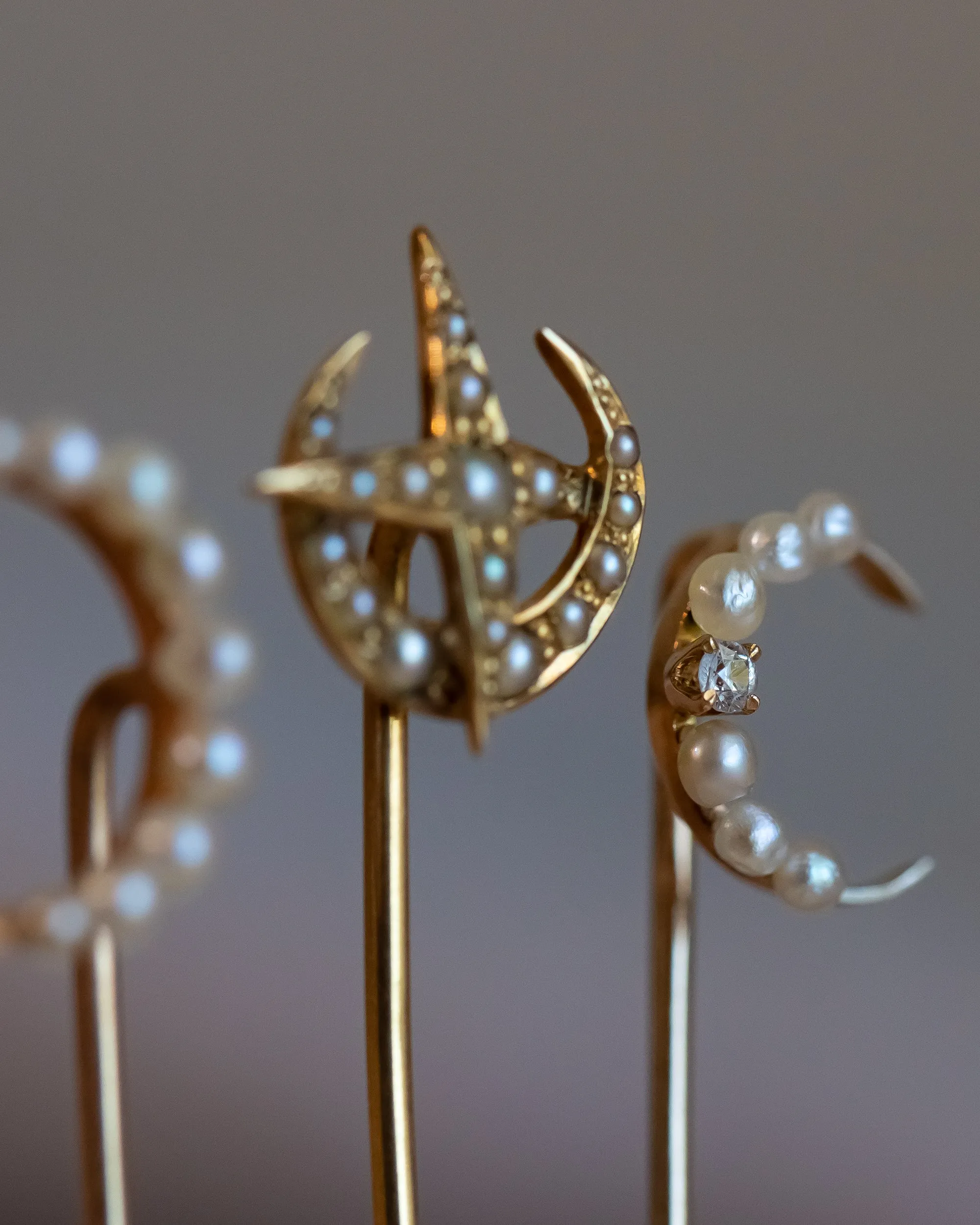
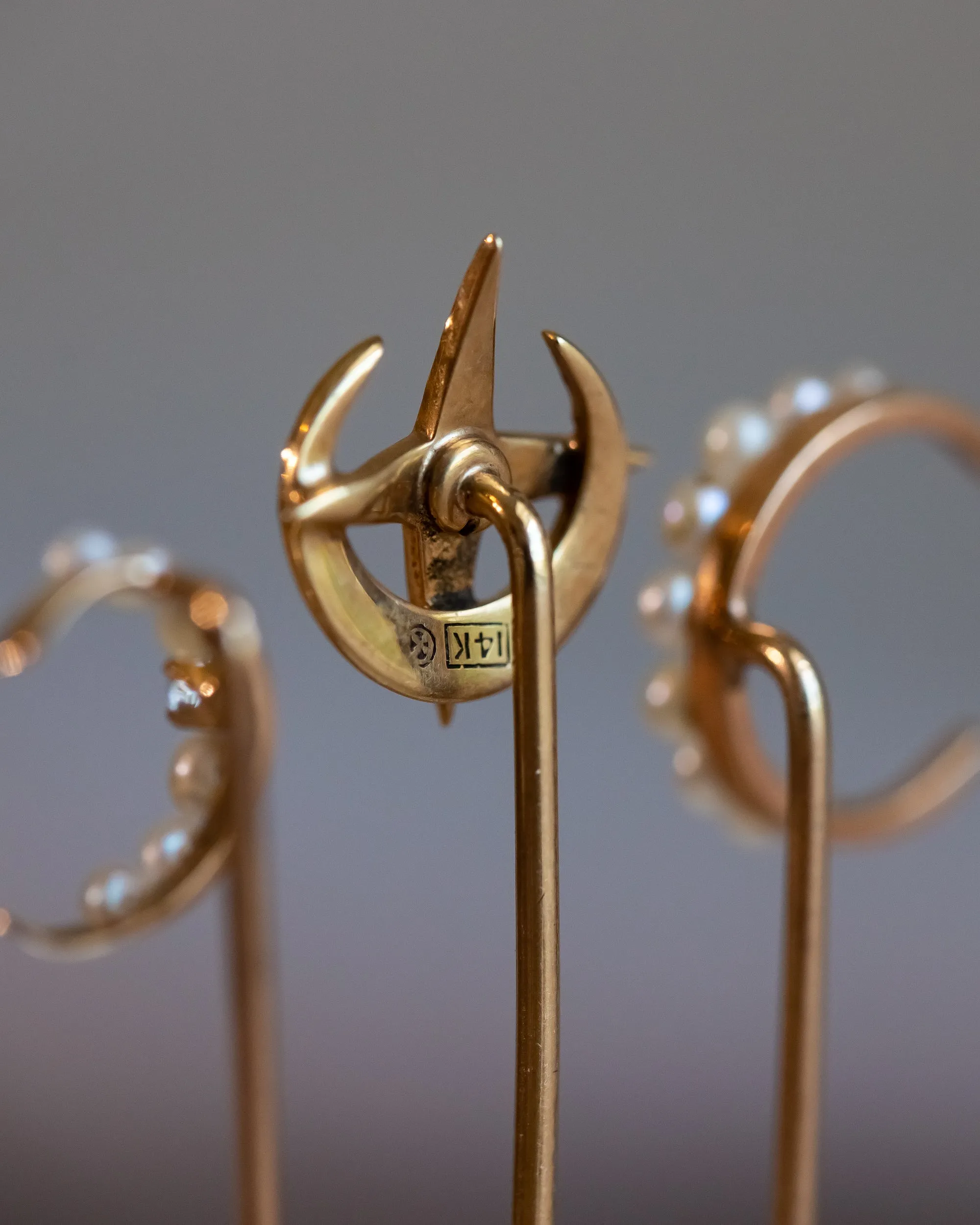
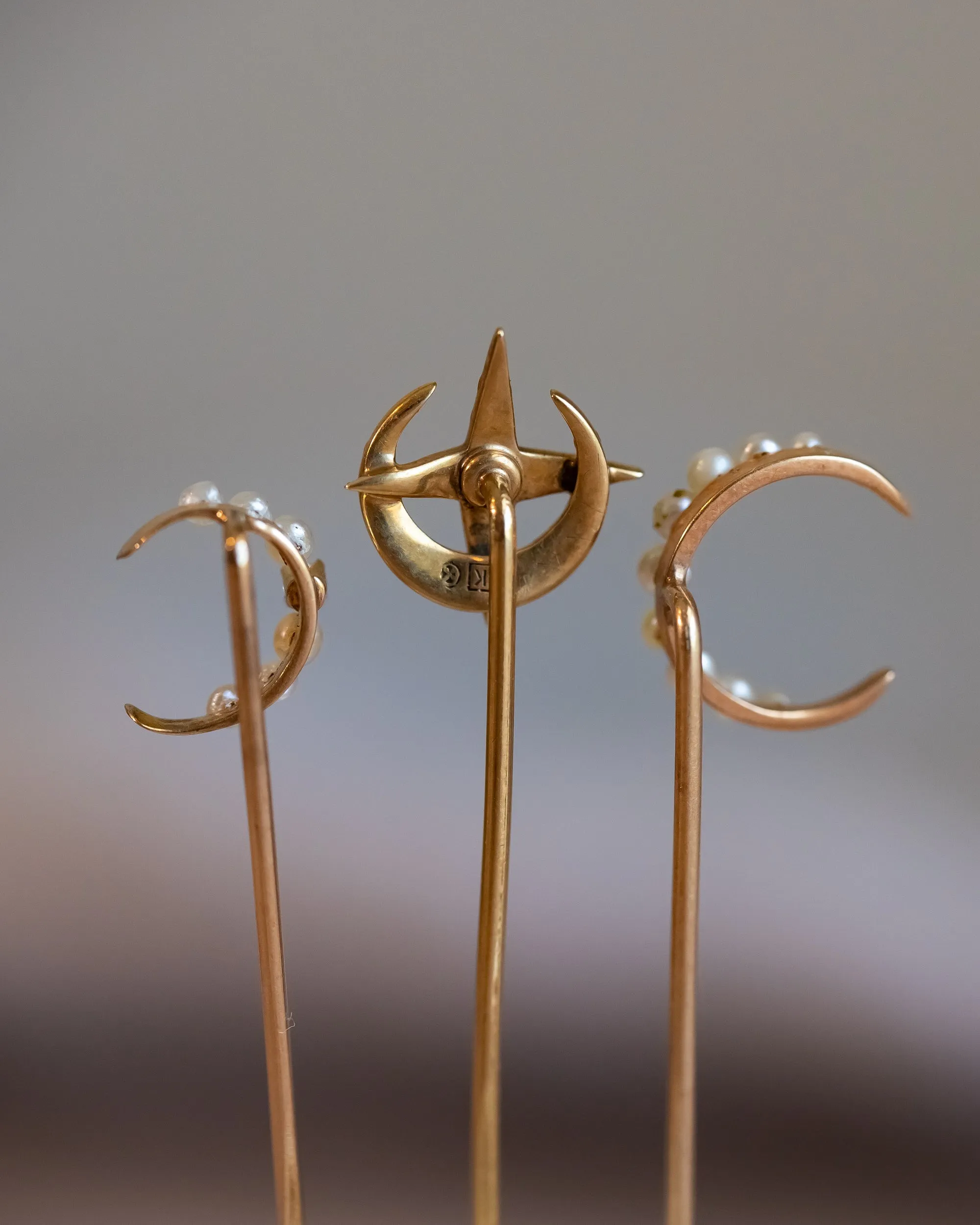
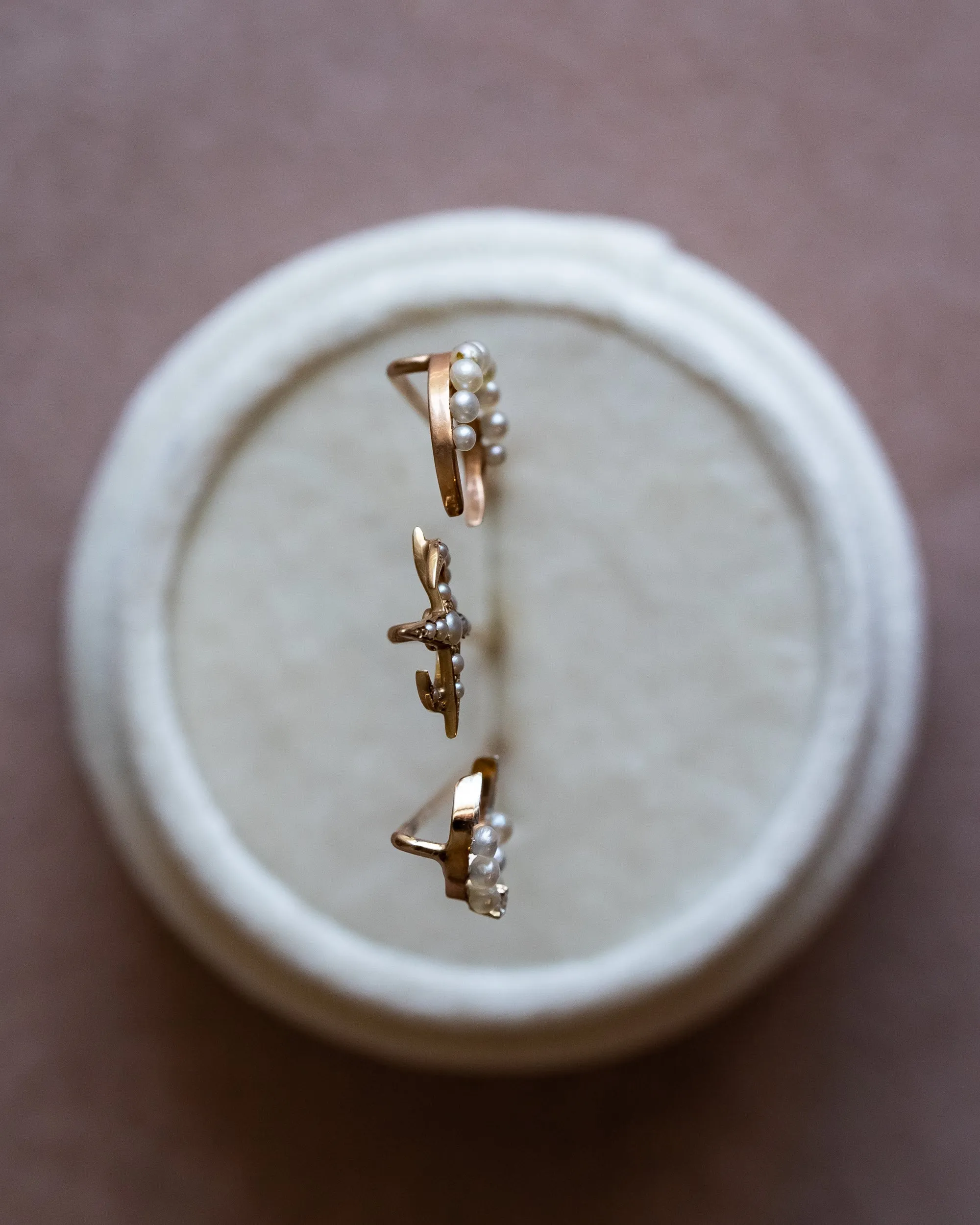
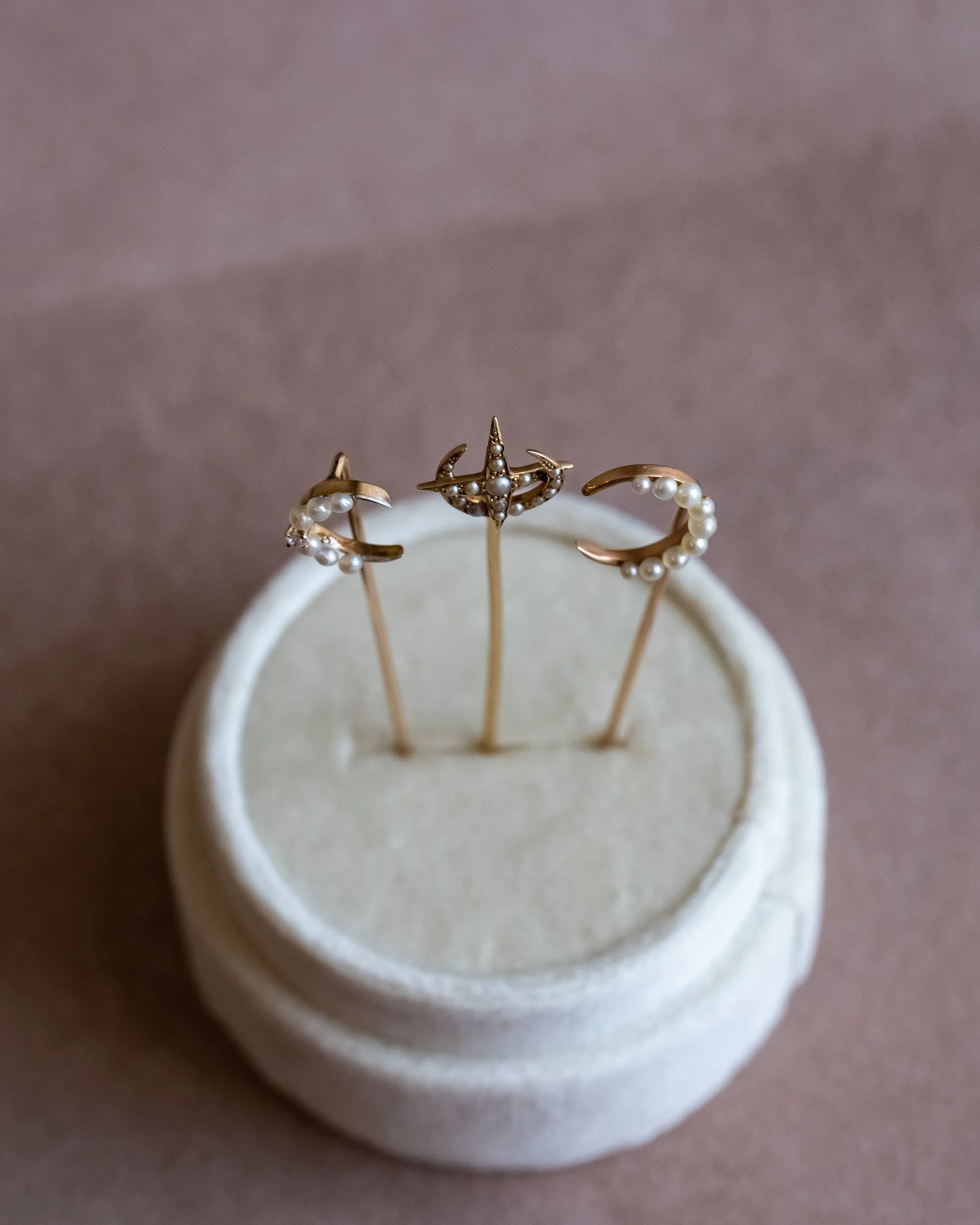

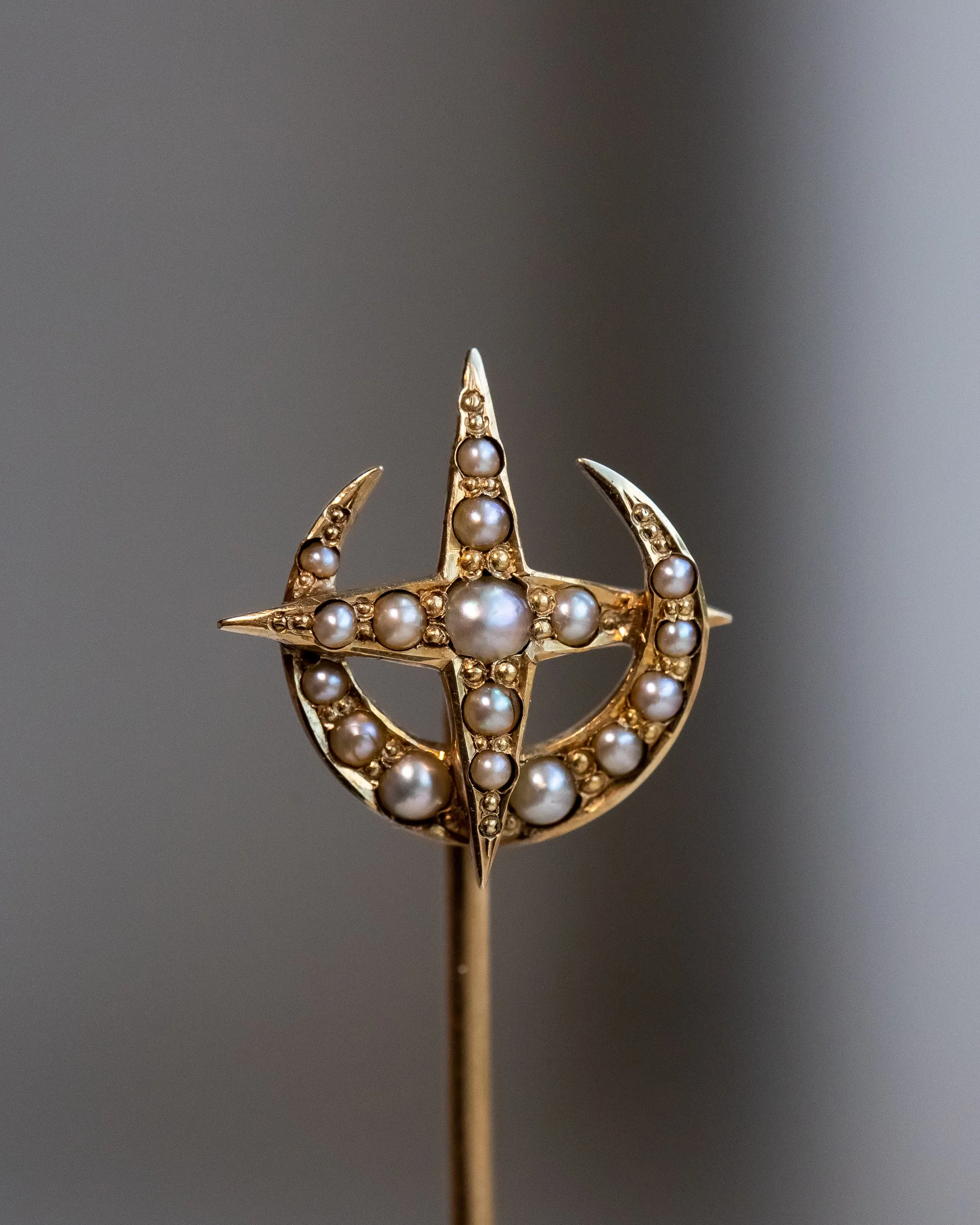
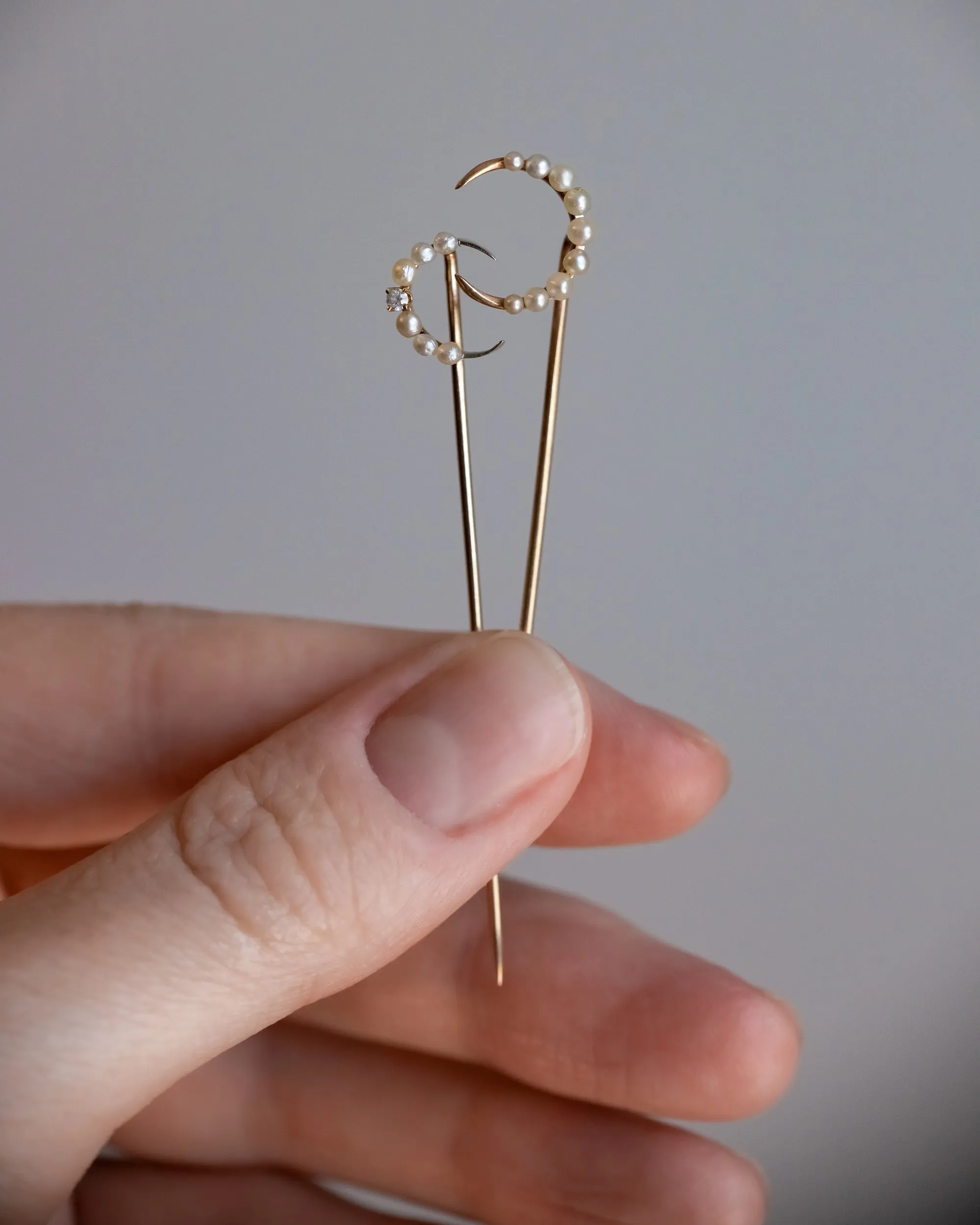
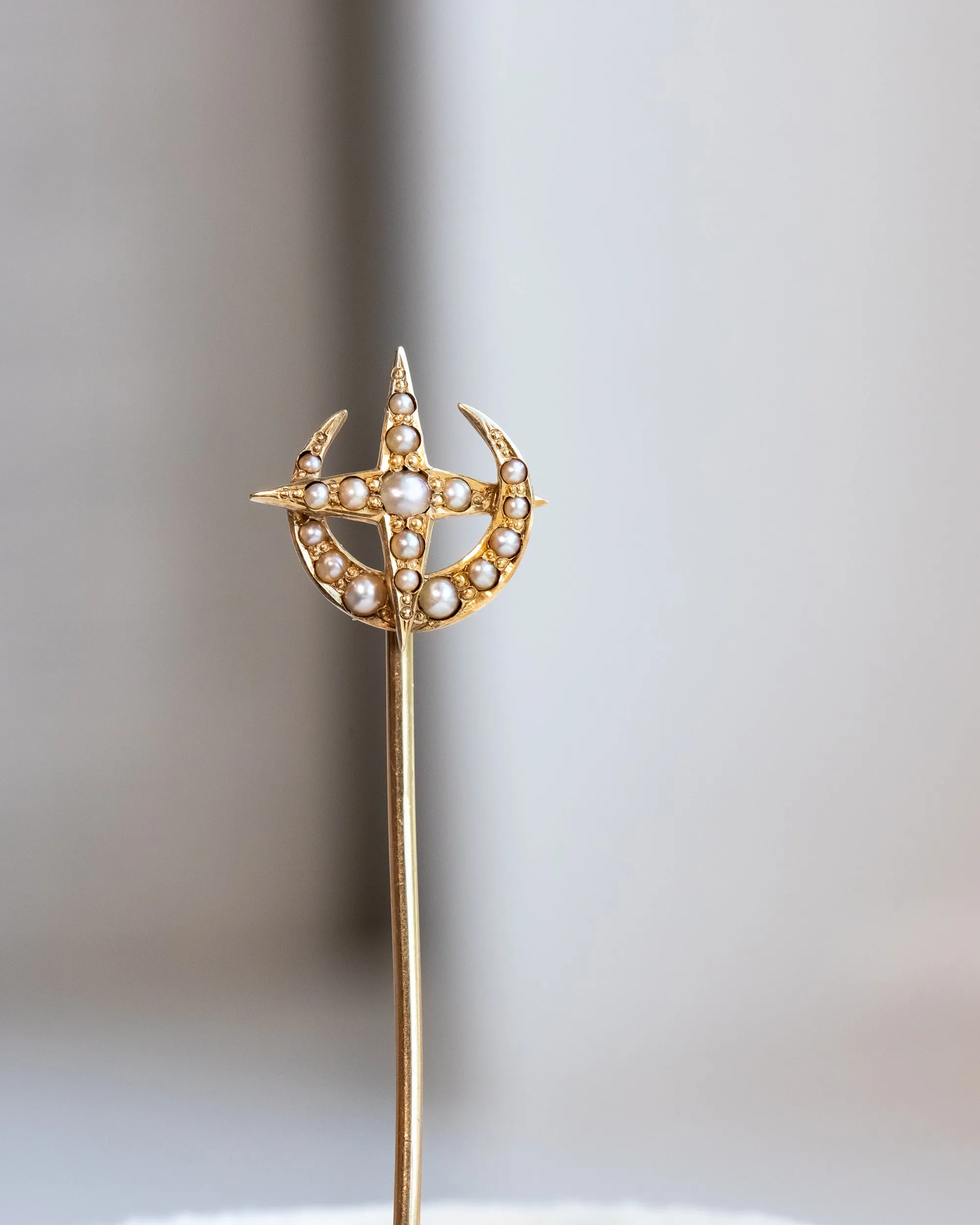
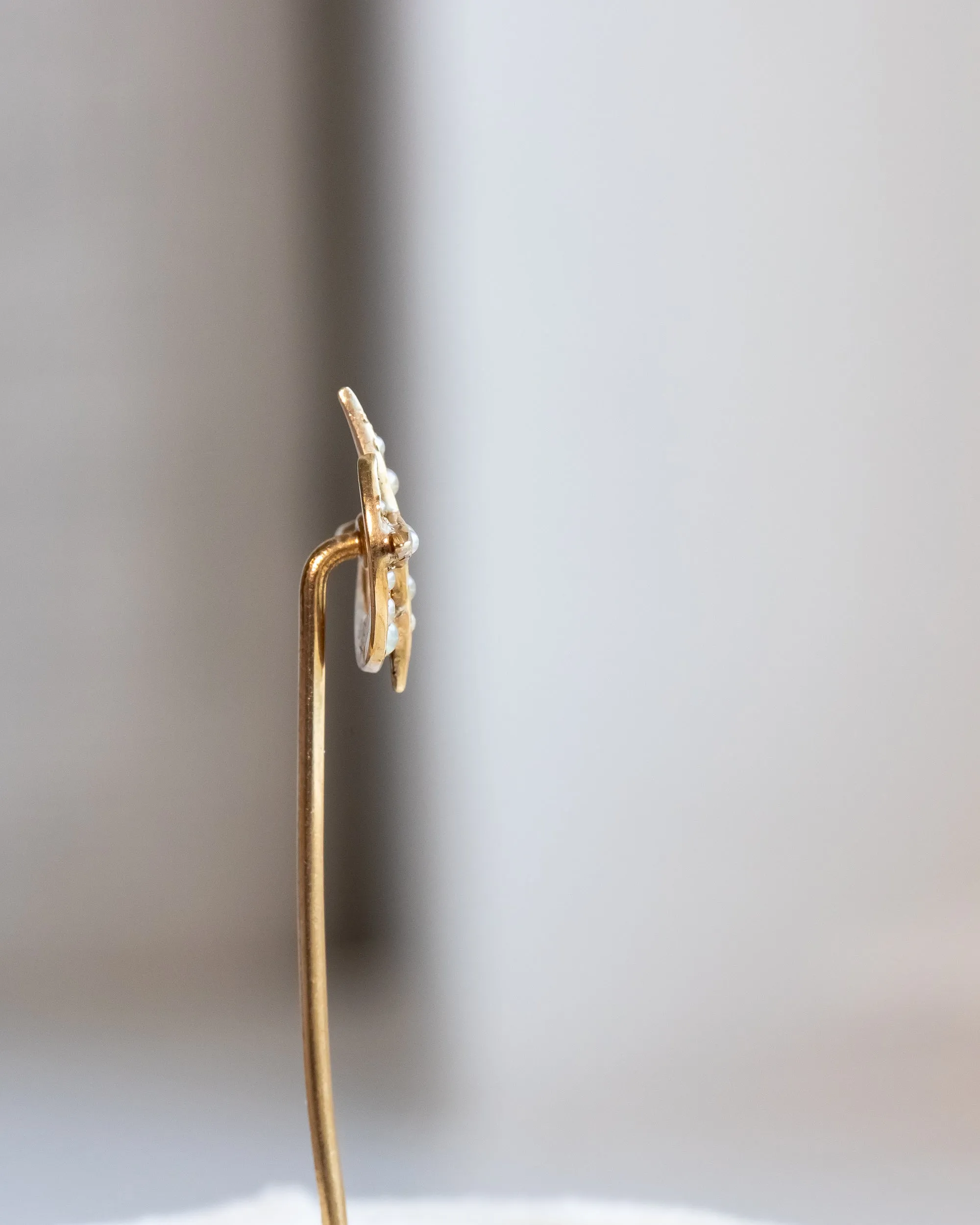
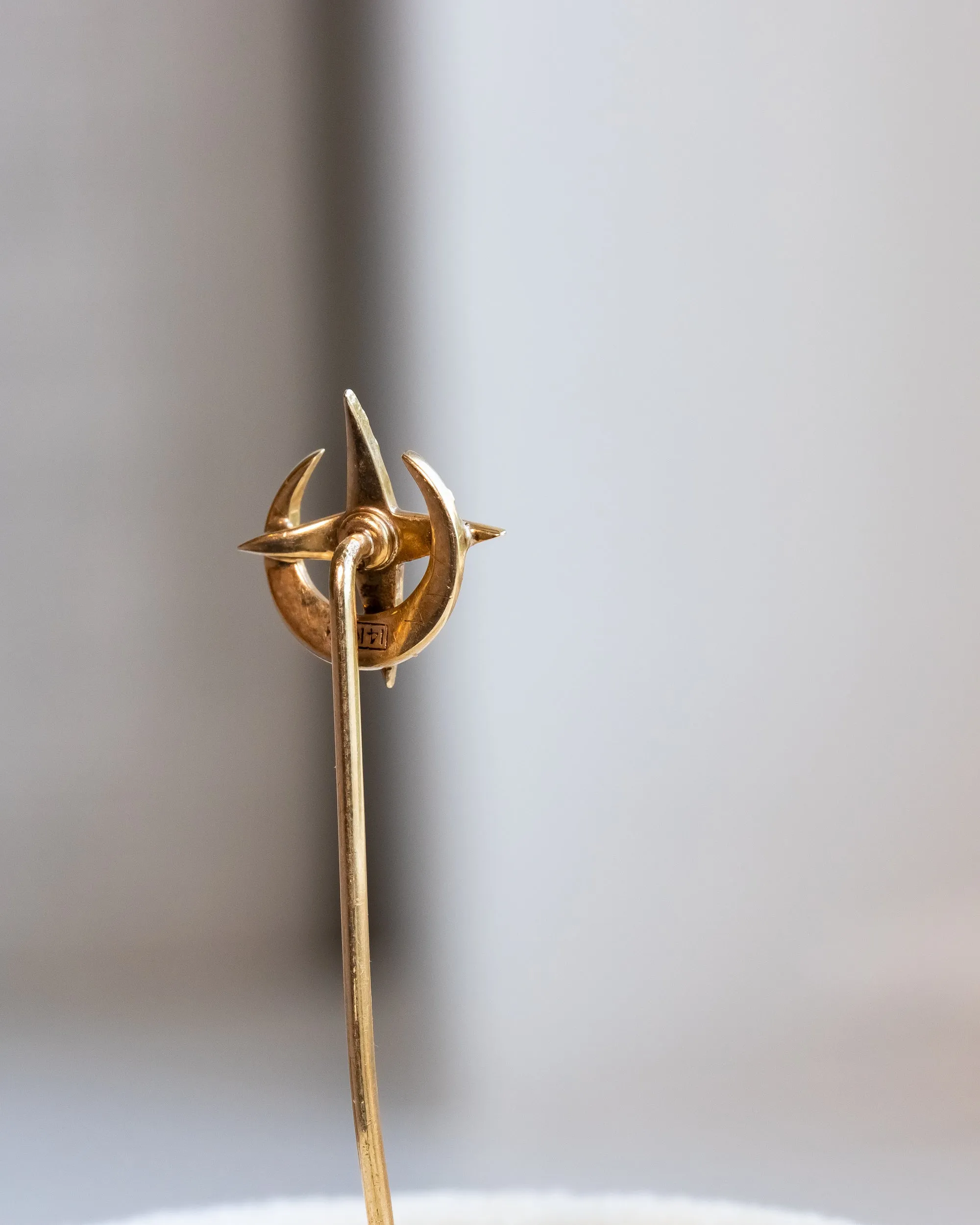
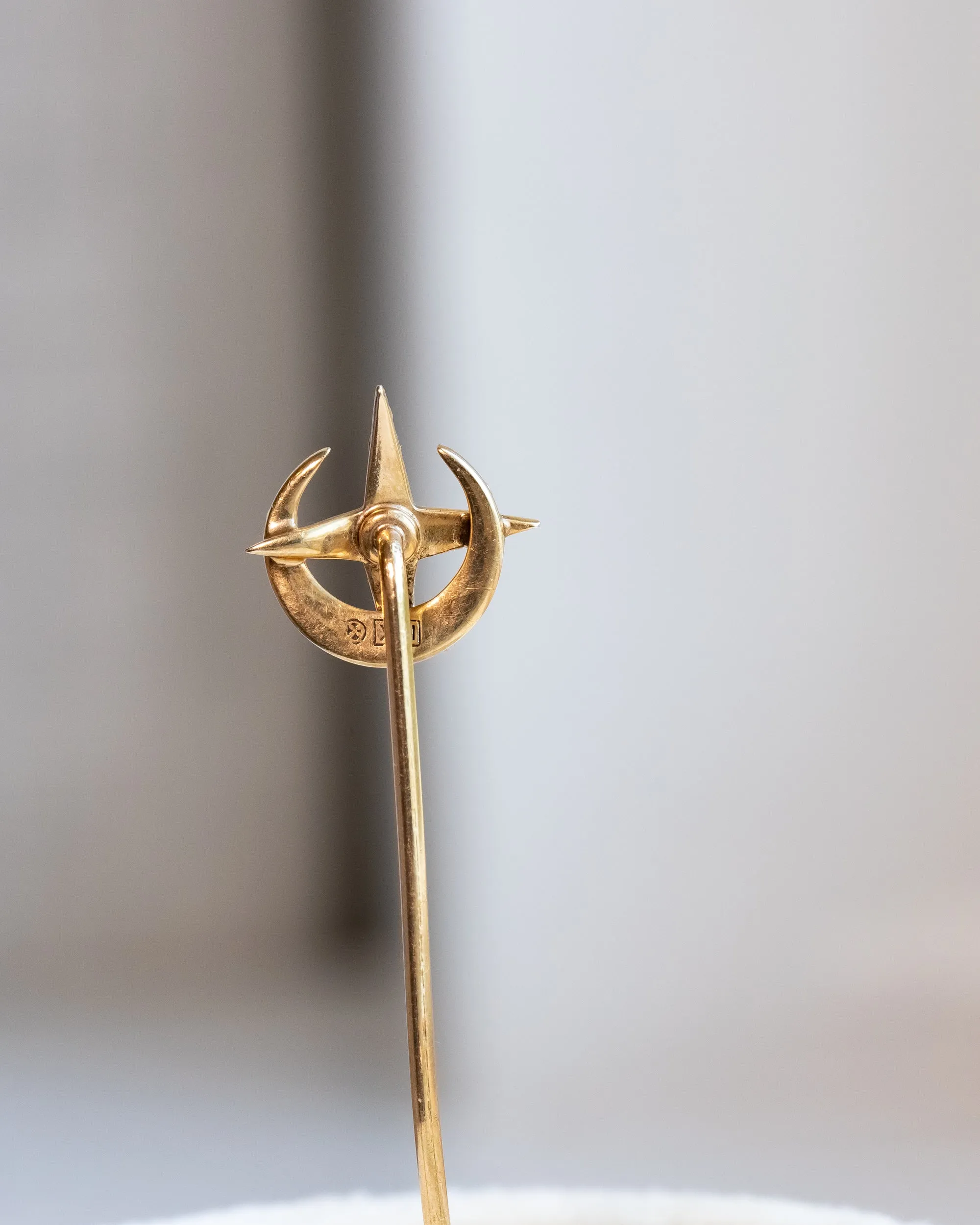
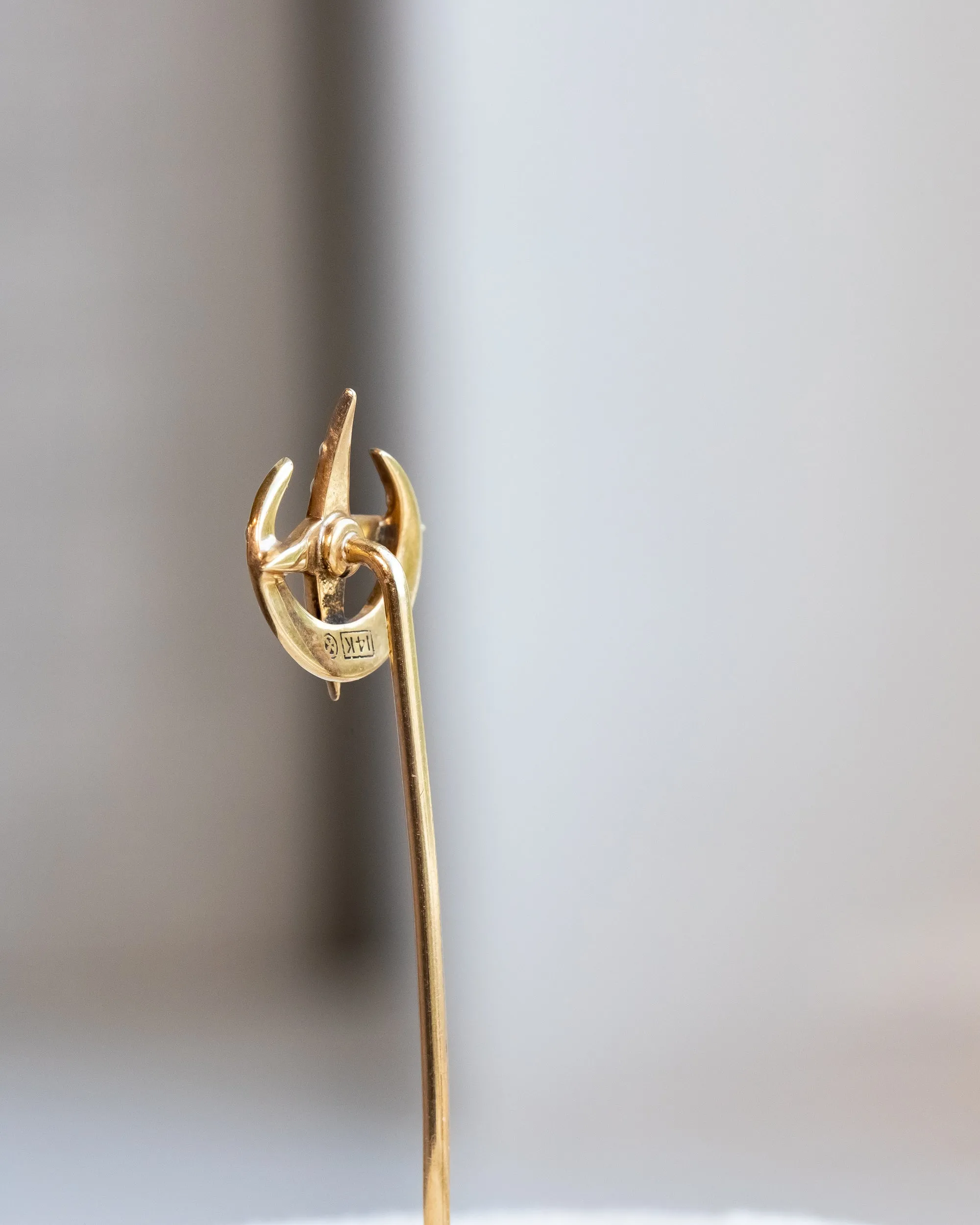
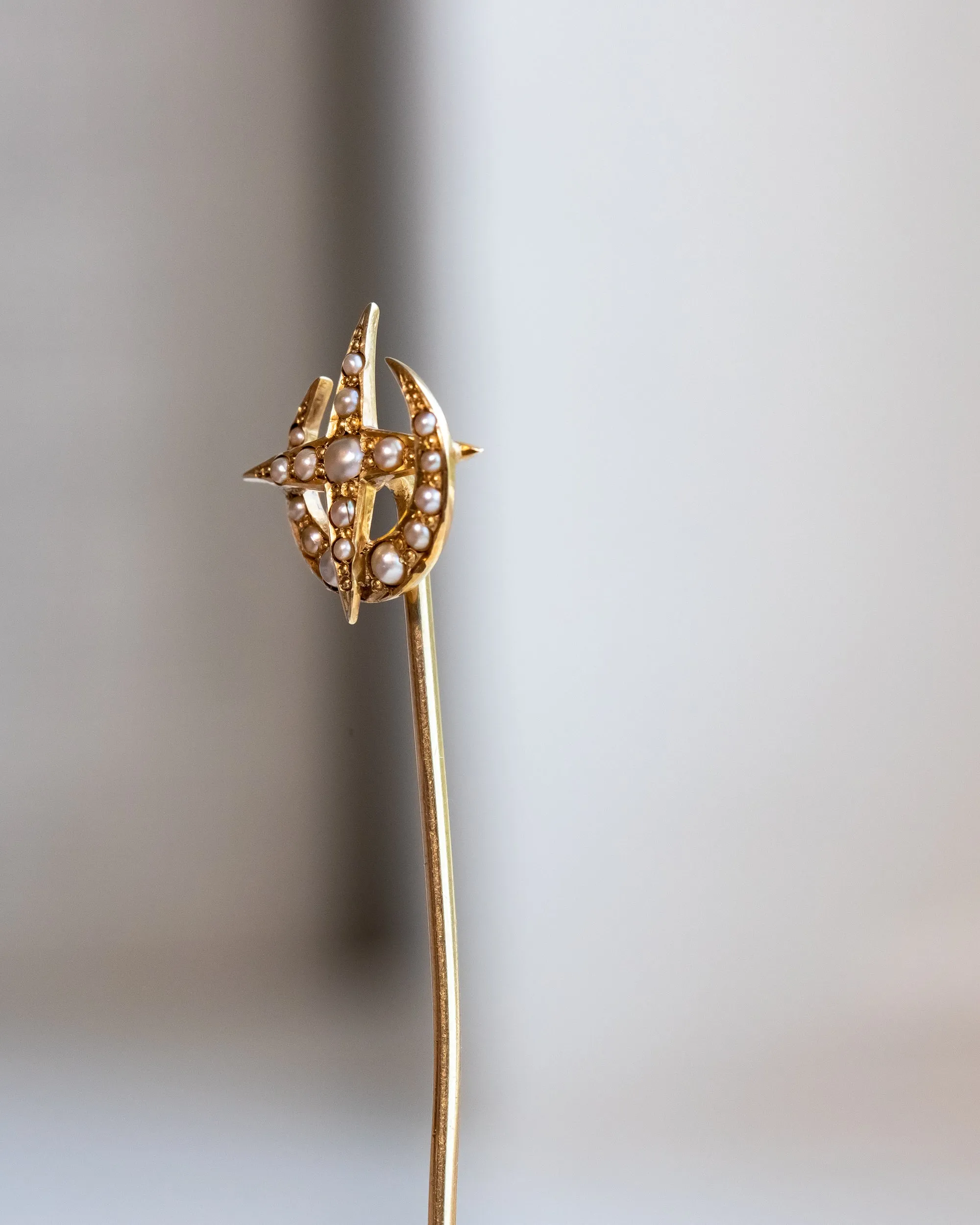
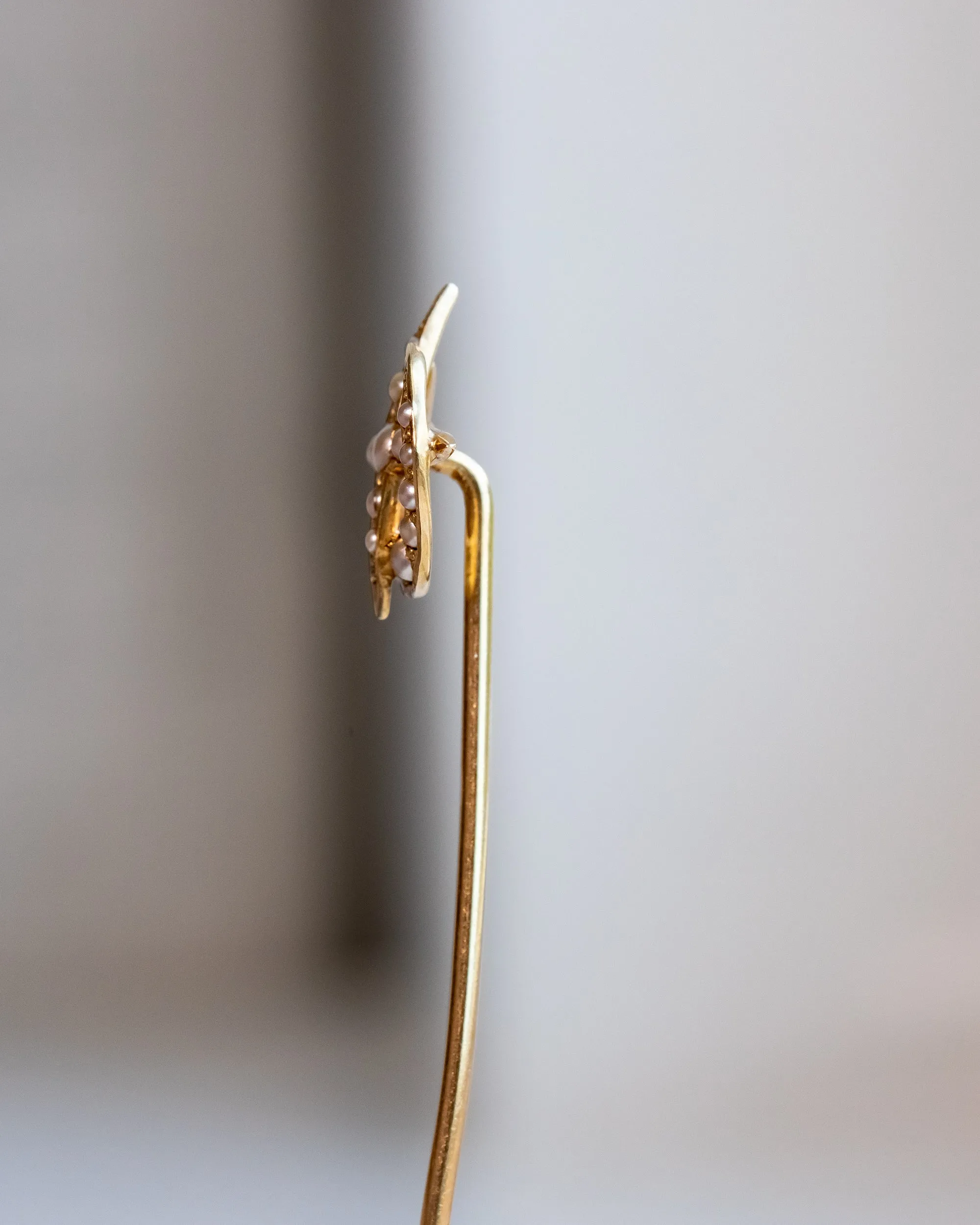
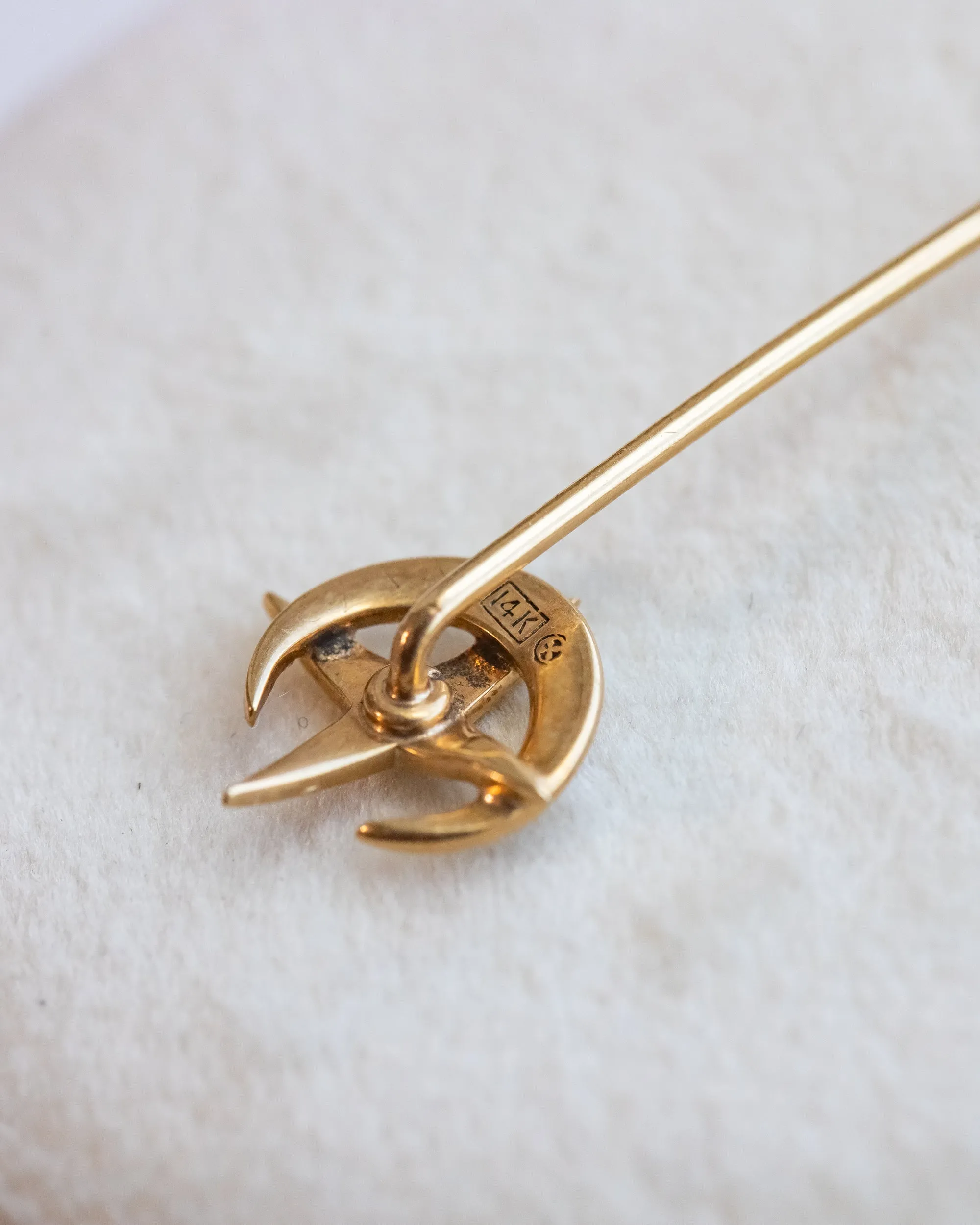
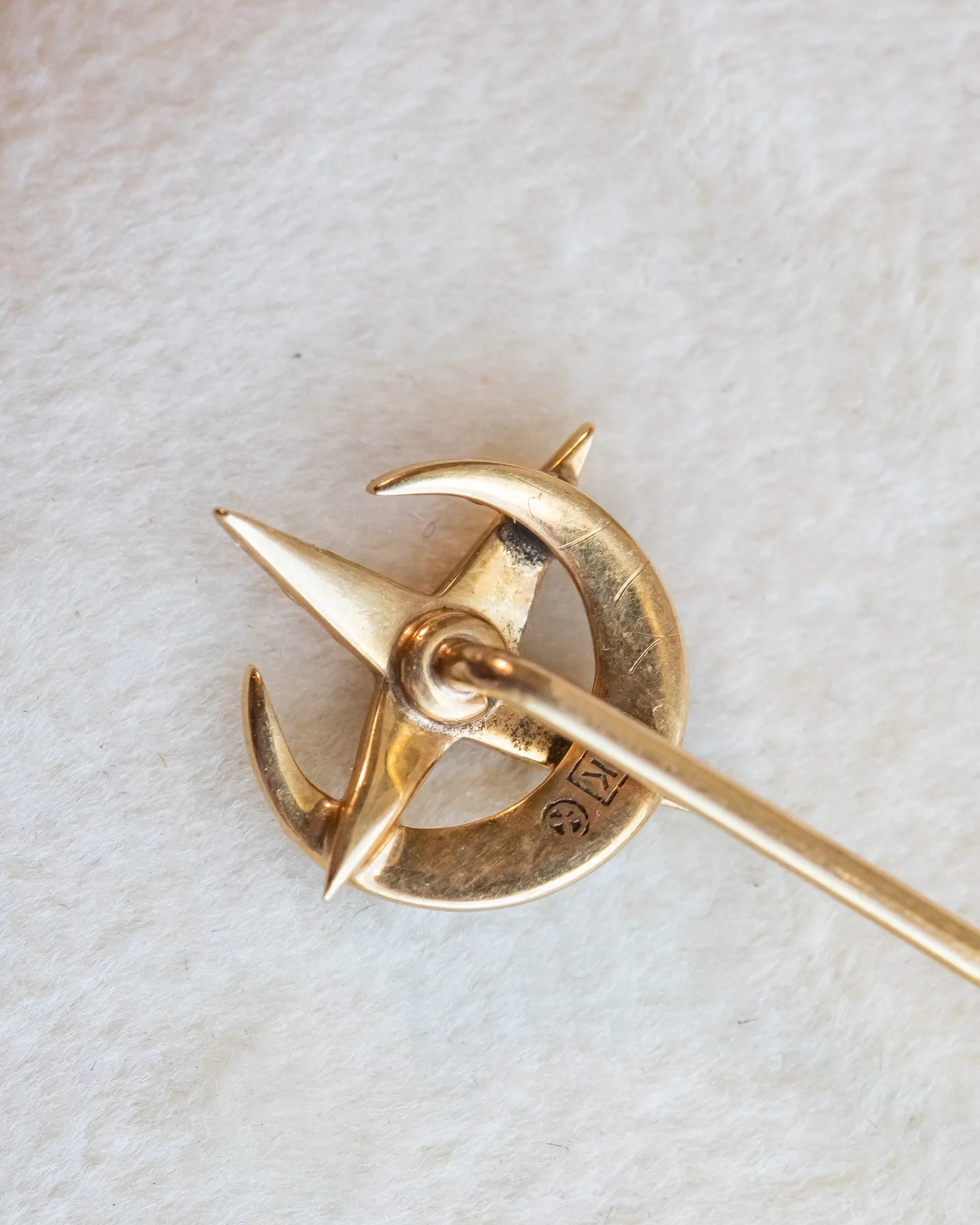
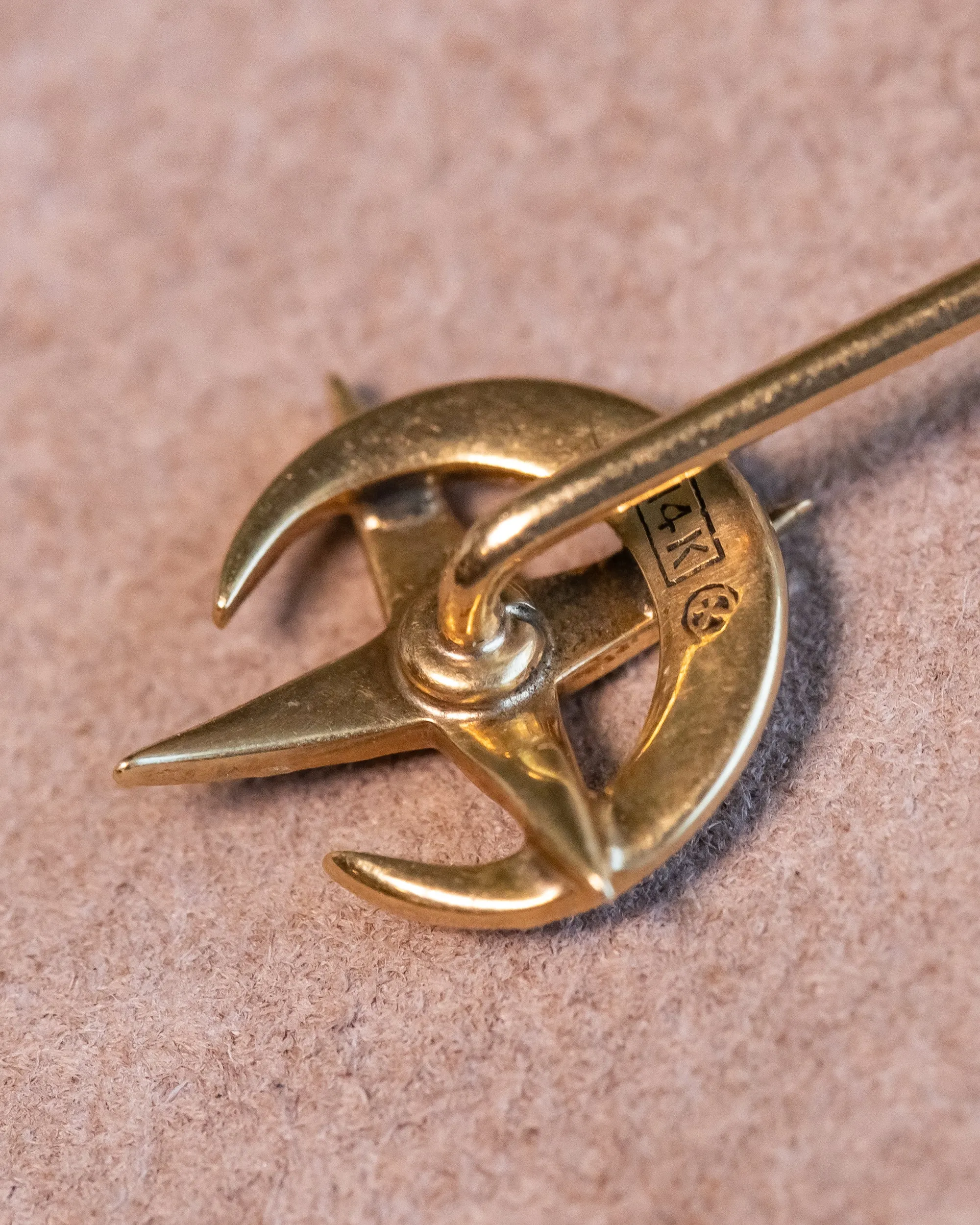

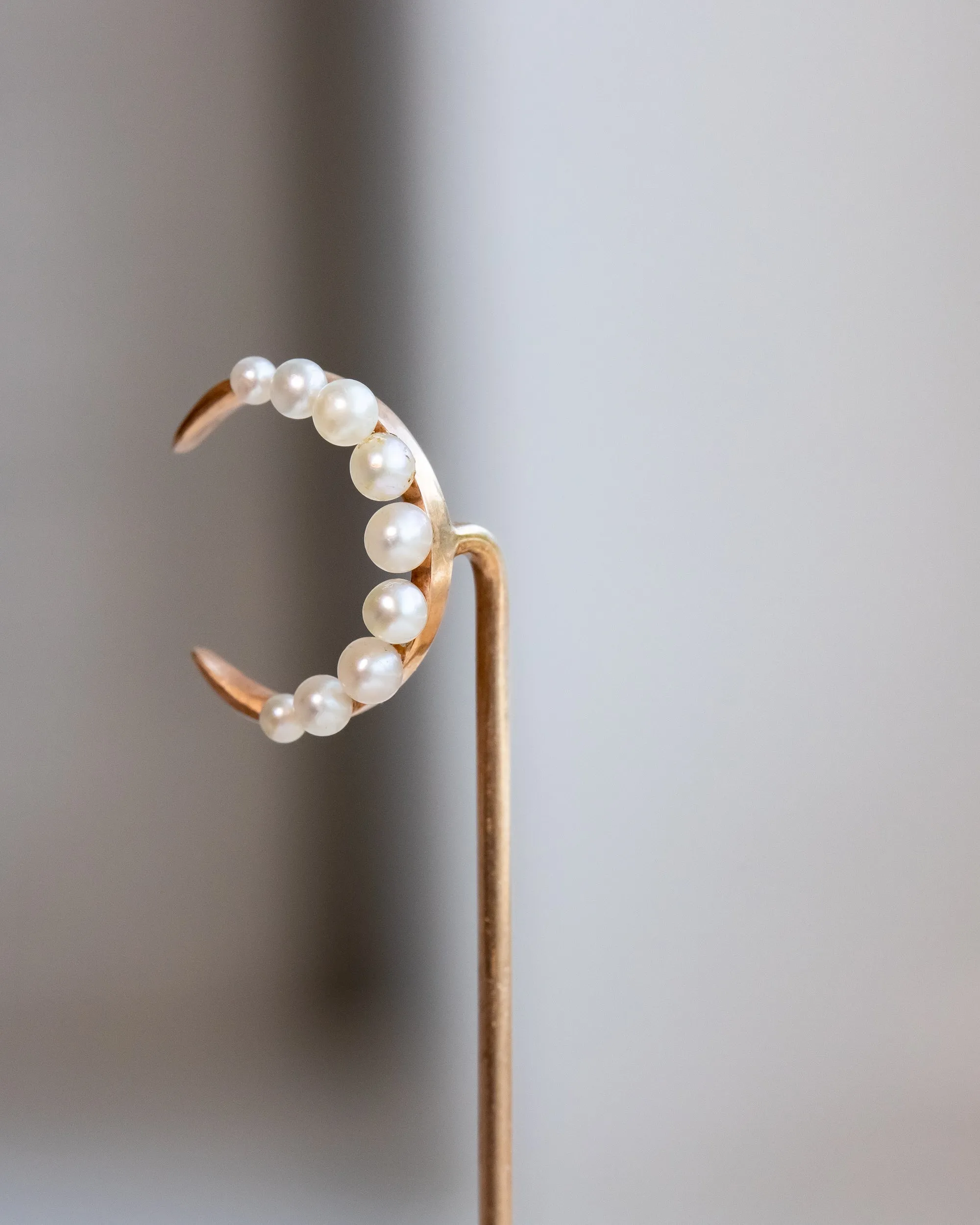

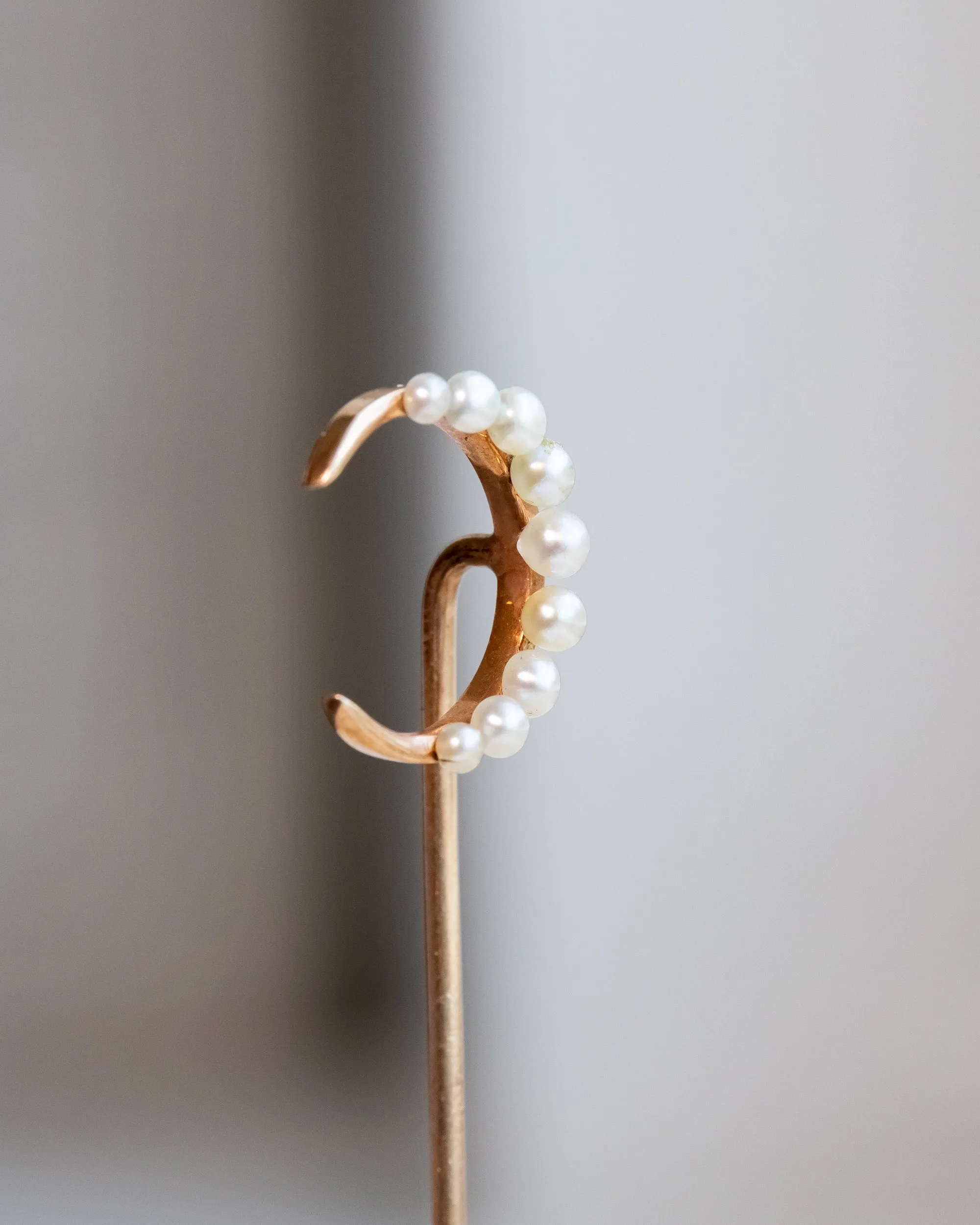
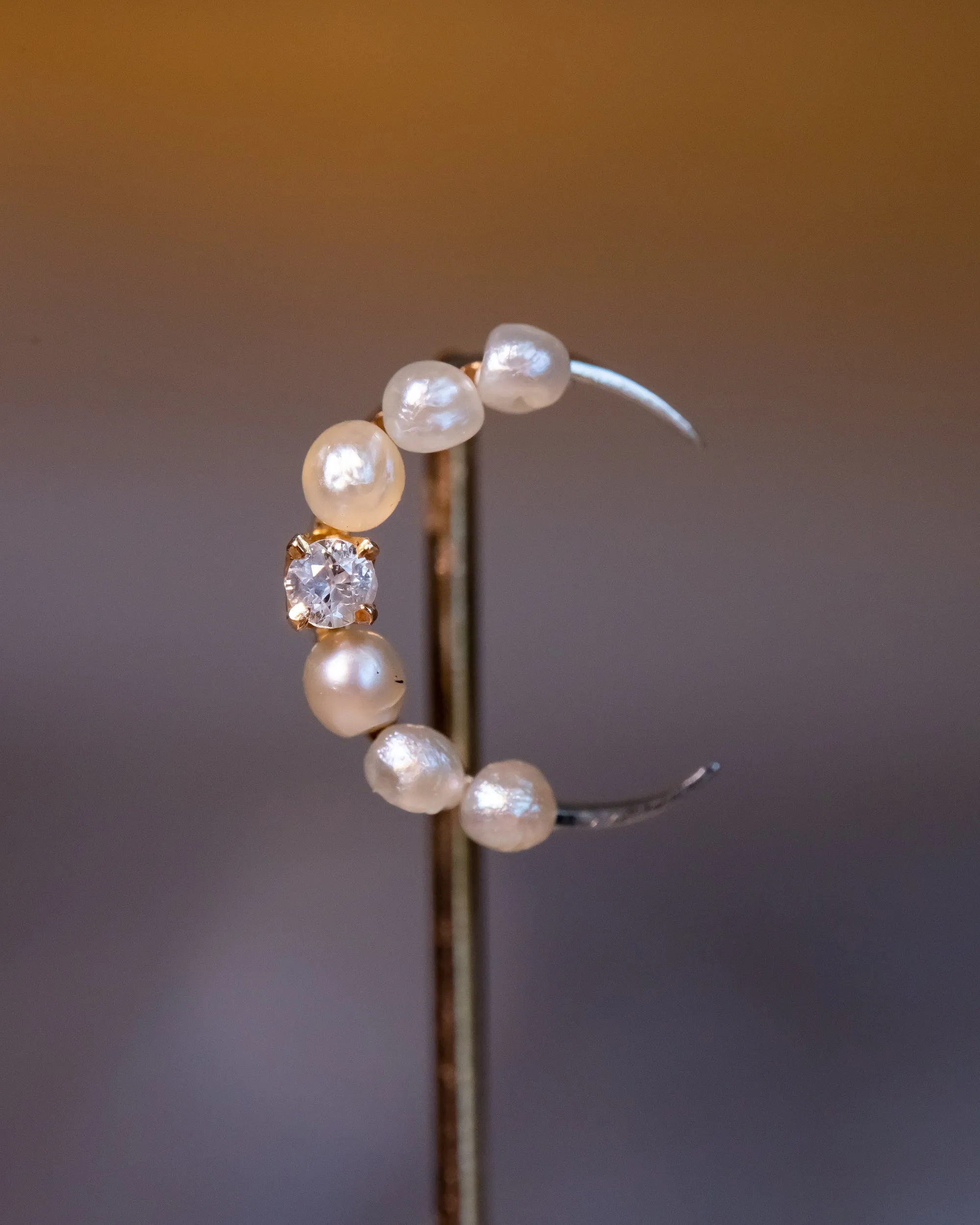
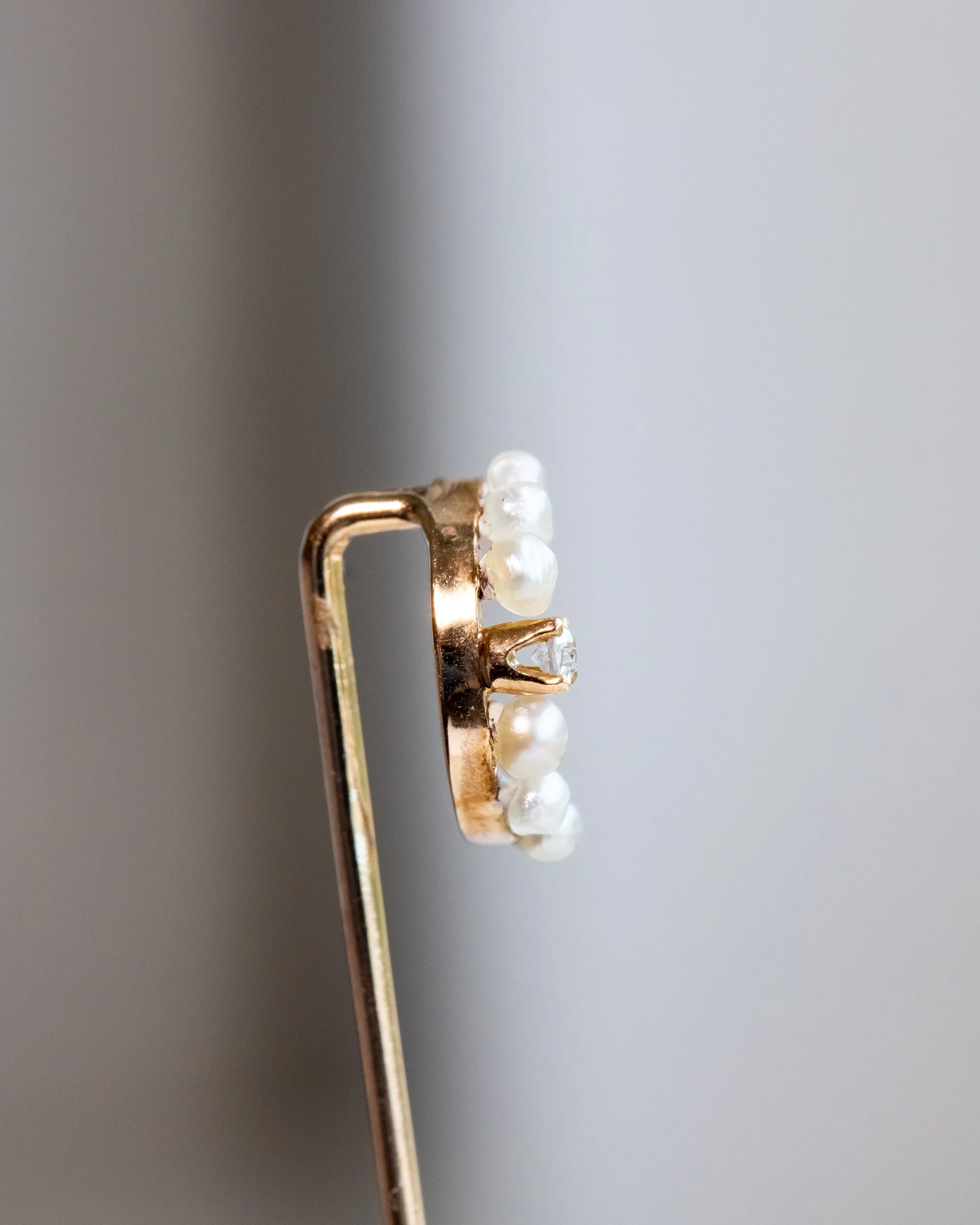
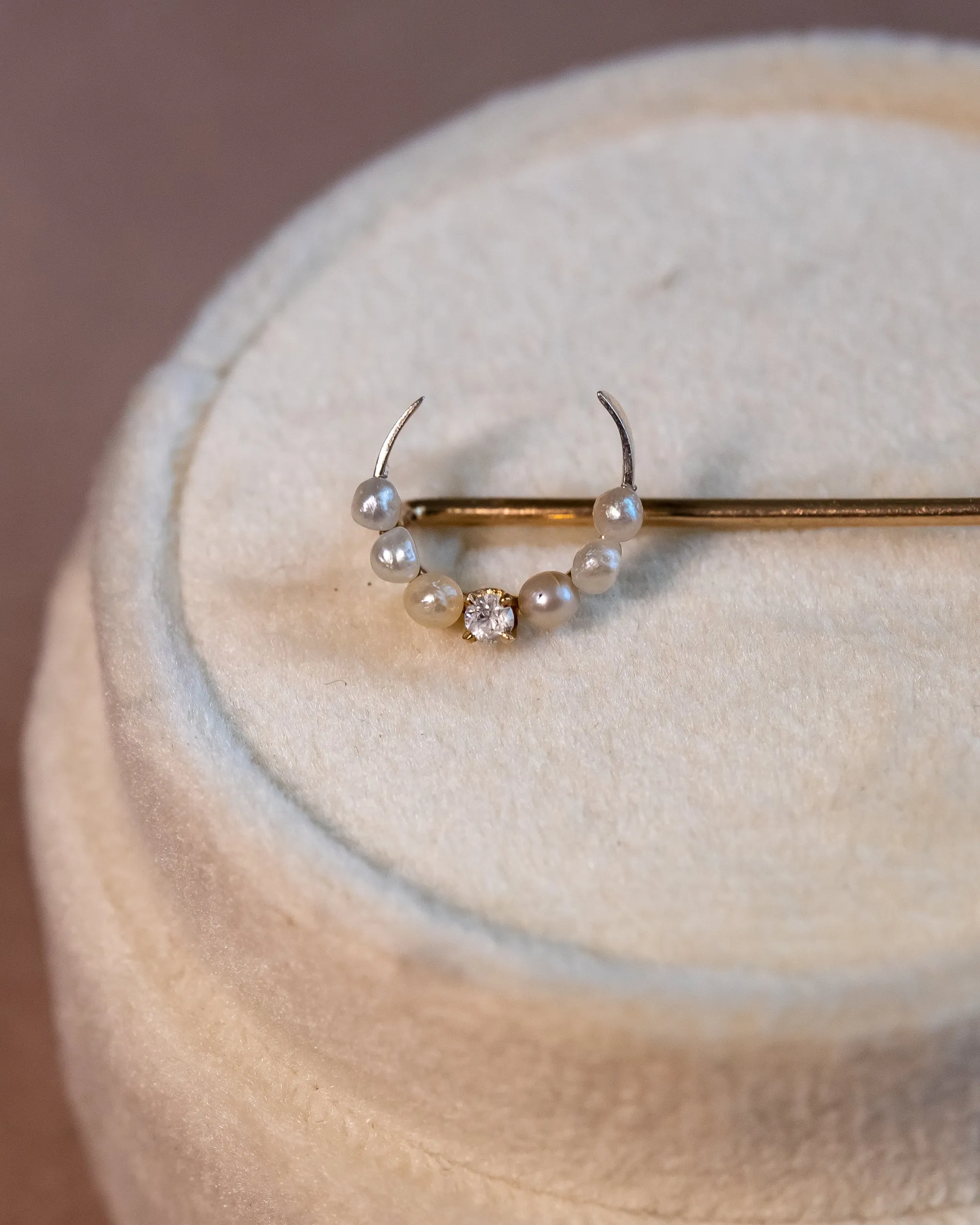

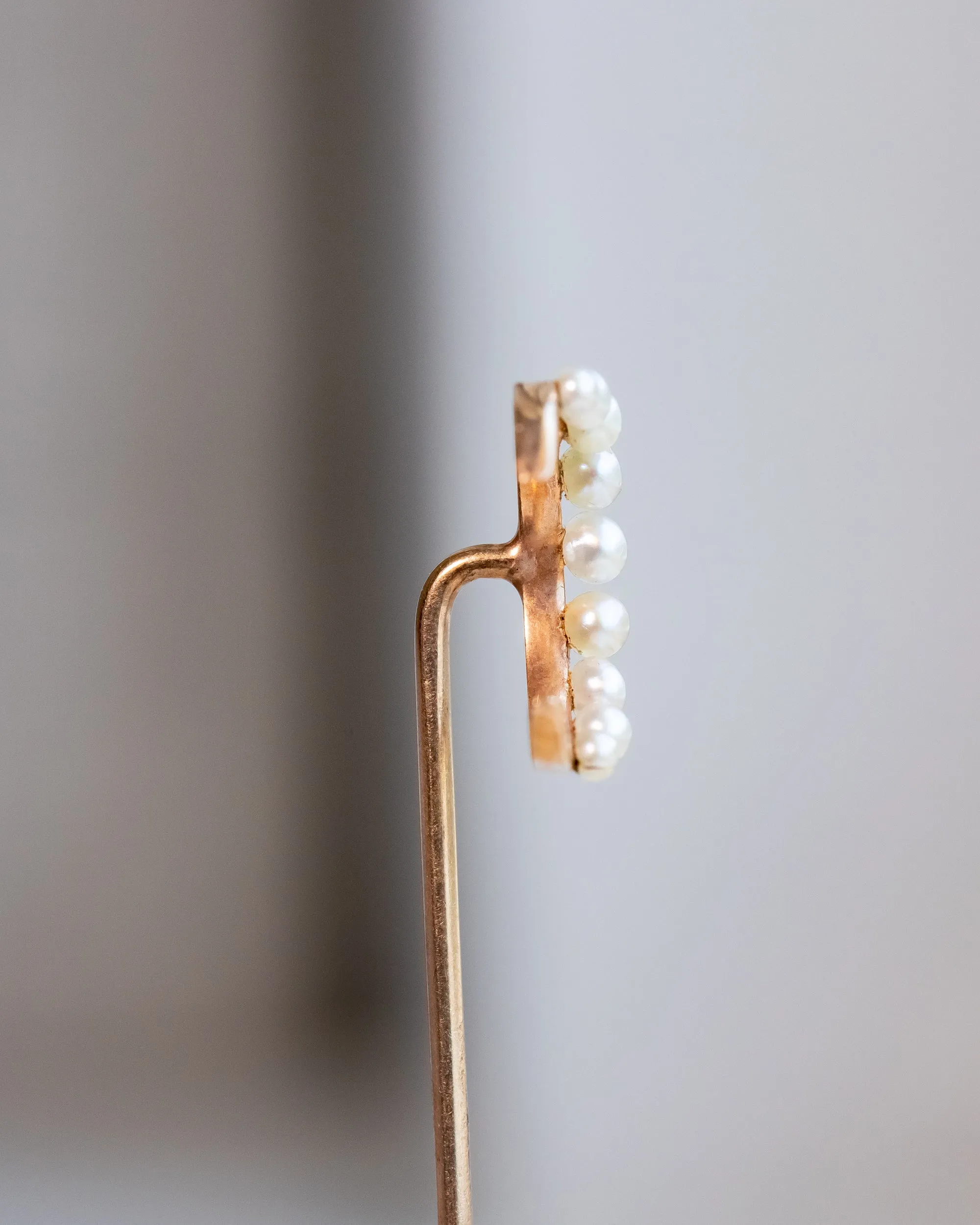
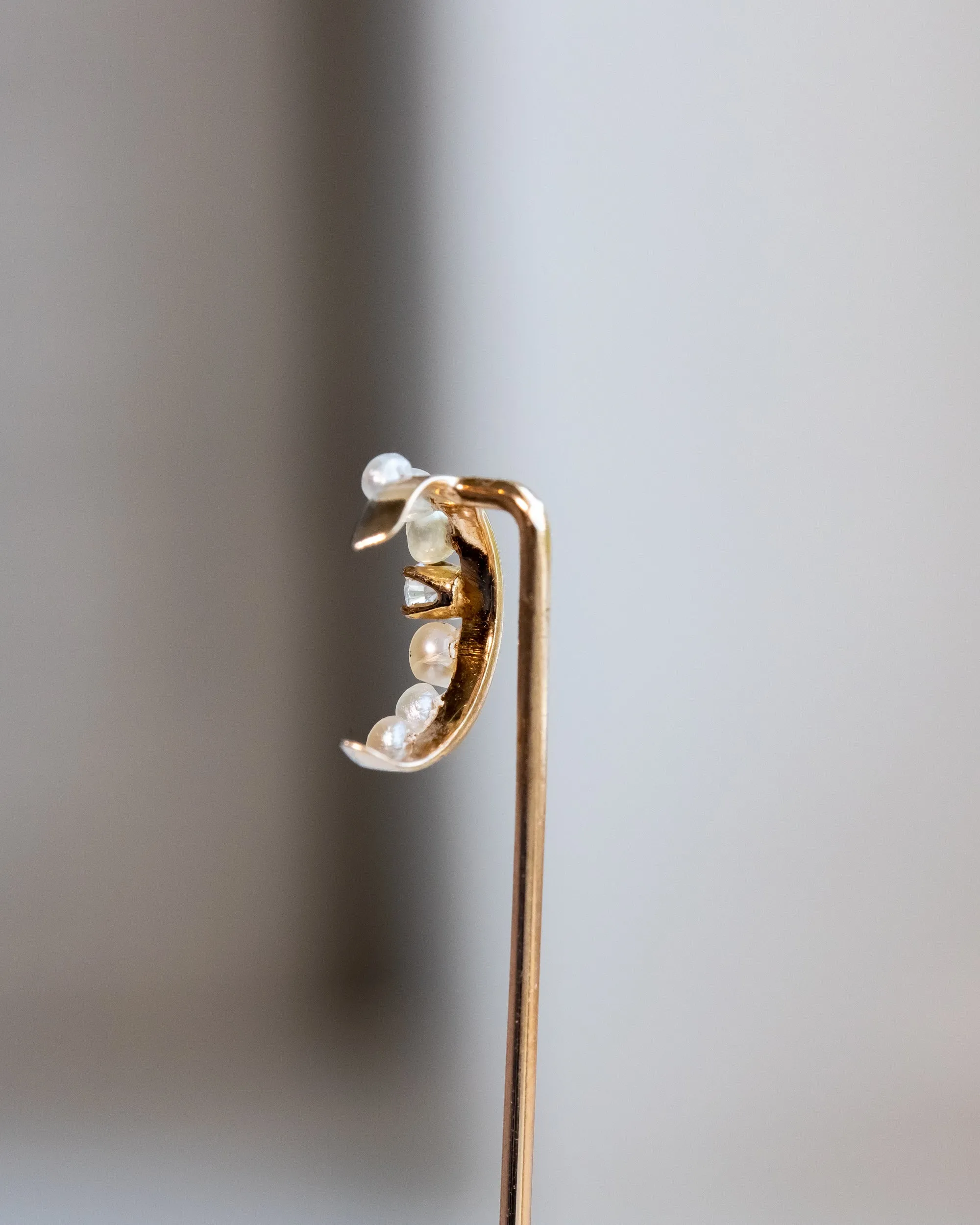
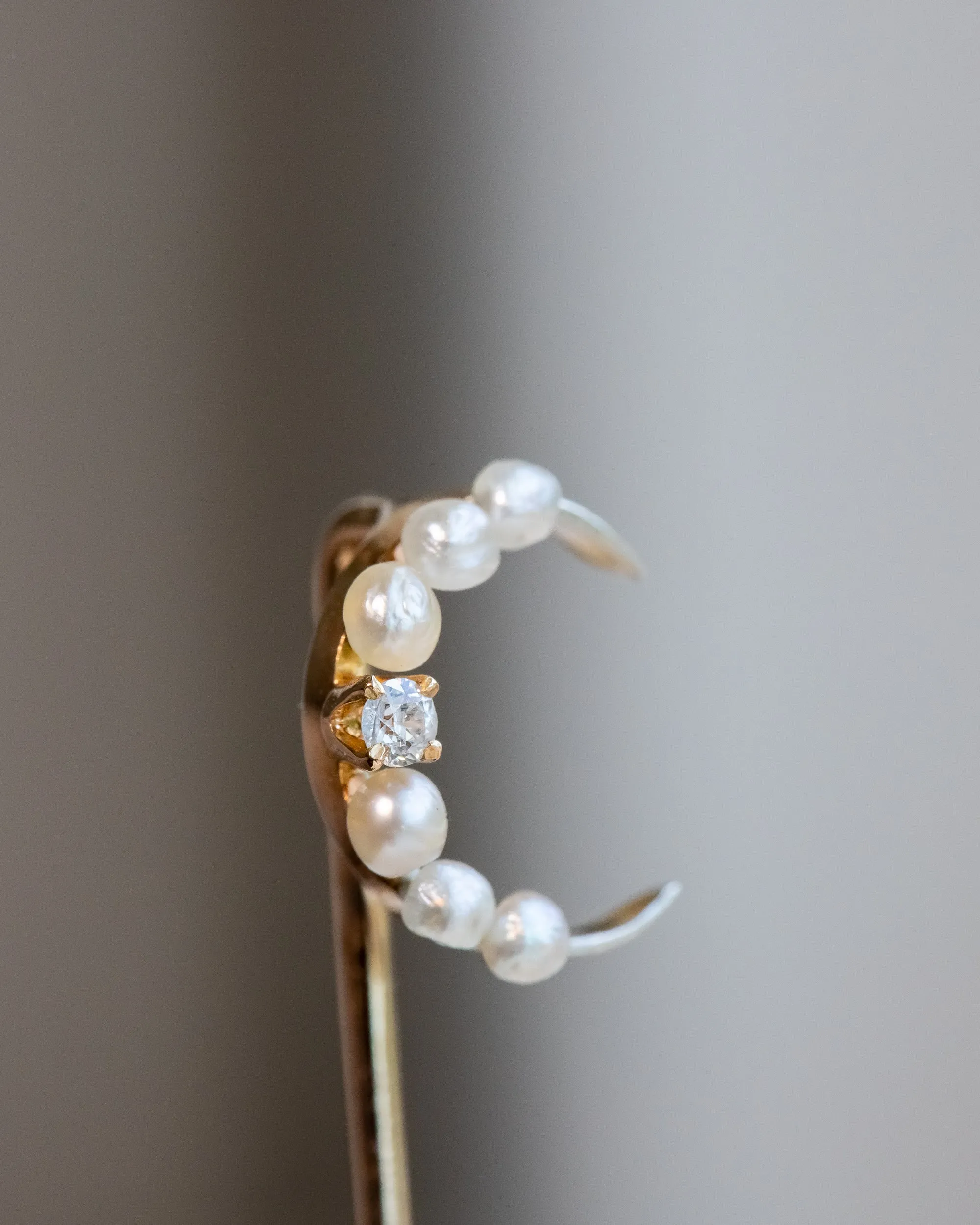
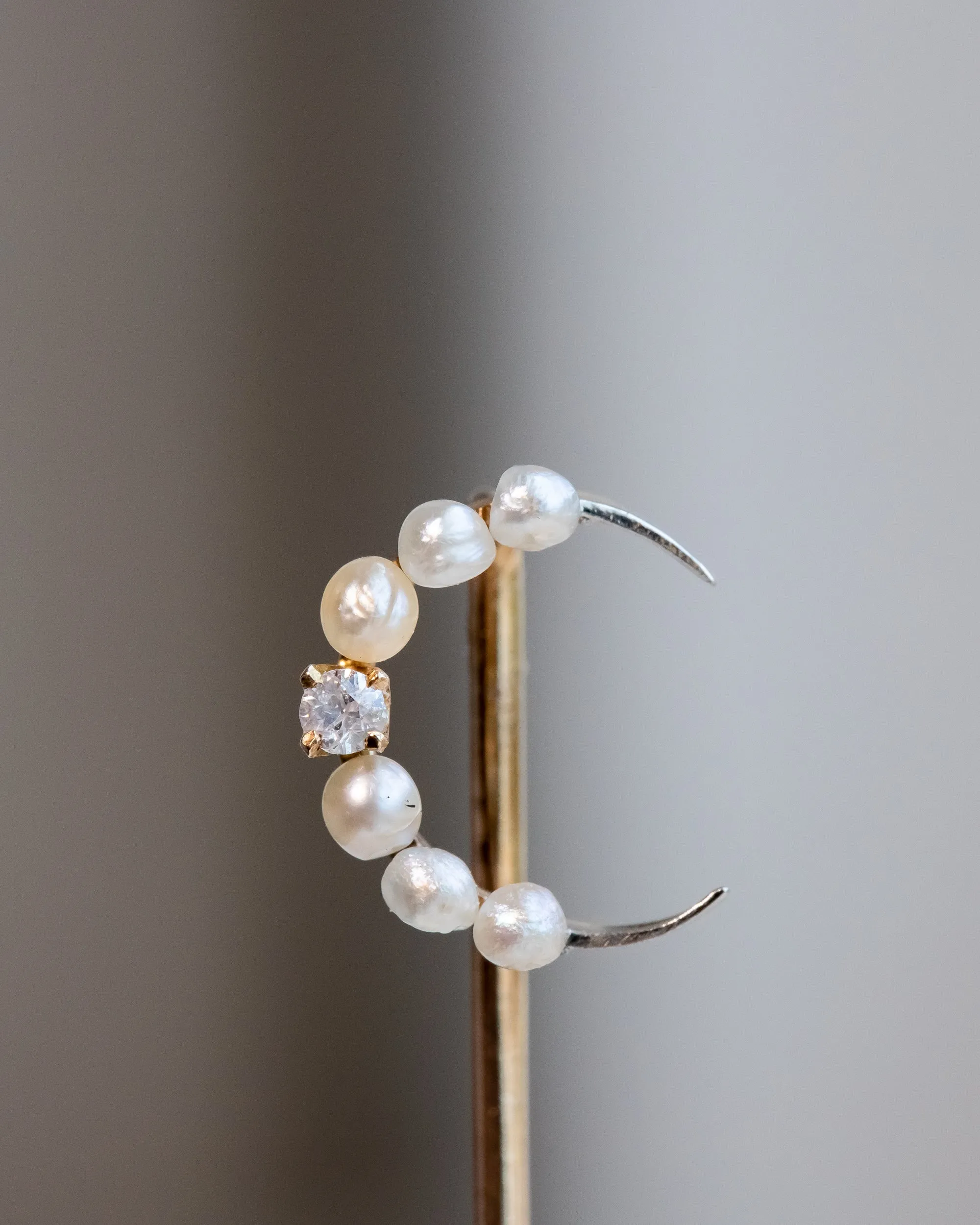
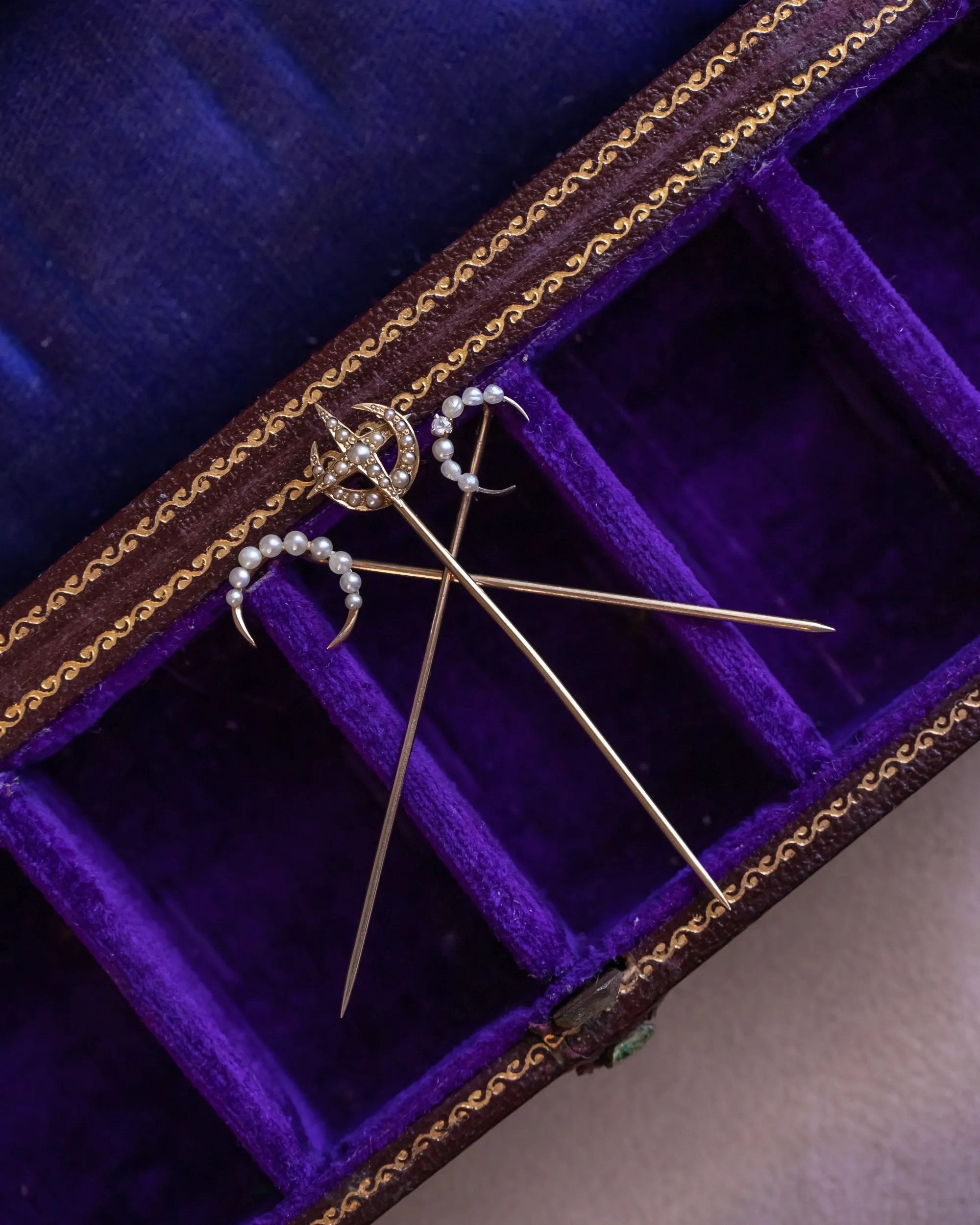
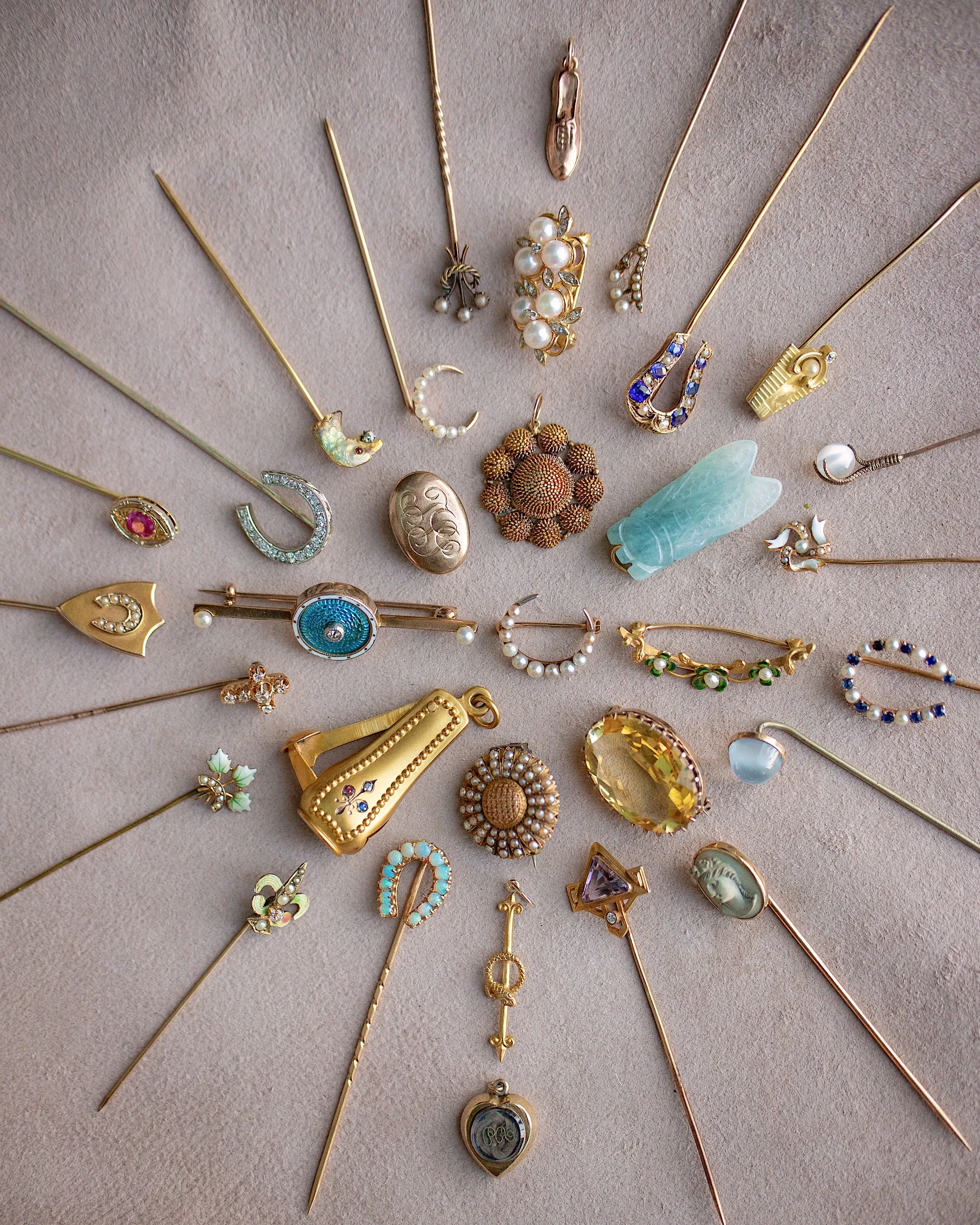
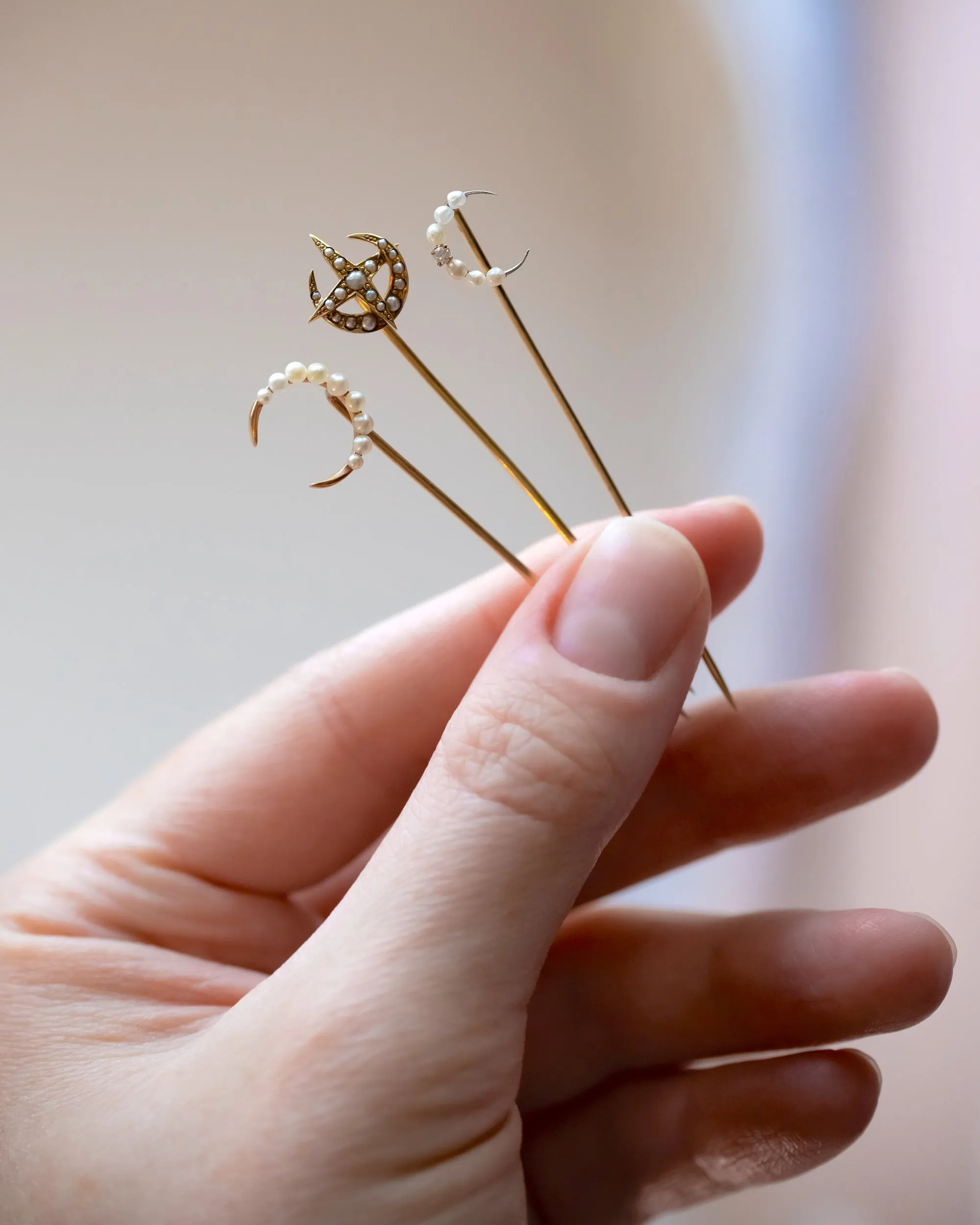


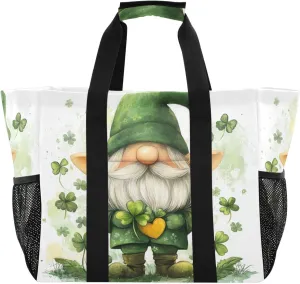
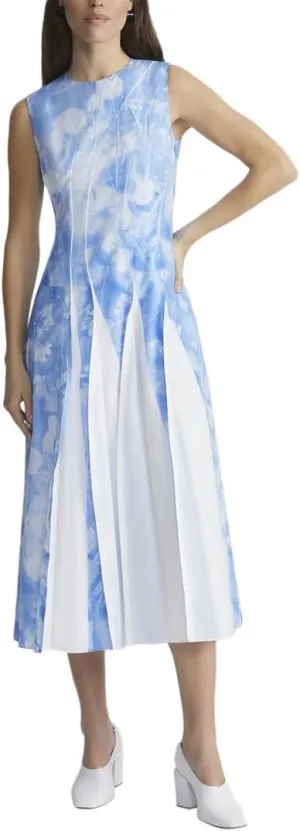


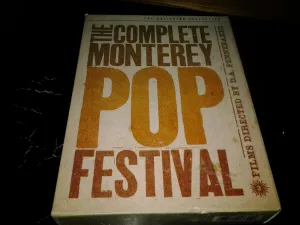

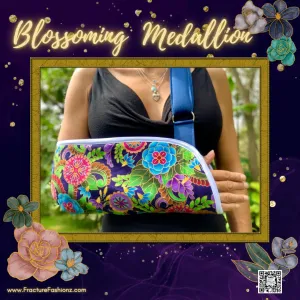
![OYA-KO - 親子 [Snow] OYA-KO - 親子 [Snow]](https://www.ambientbag.shop/image/oya-ko-snow_8B8J4x_300x.webp)
